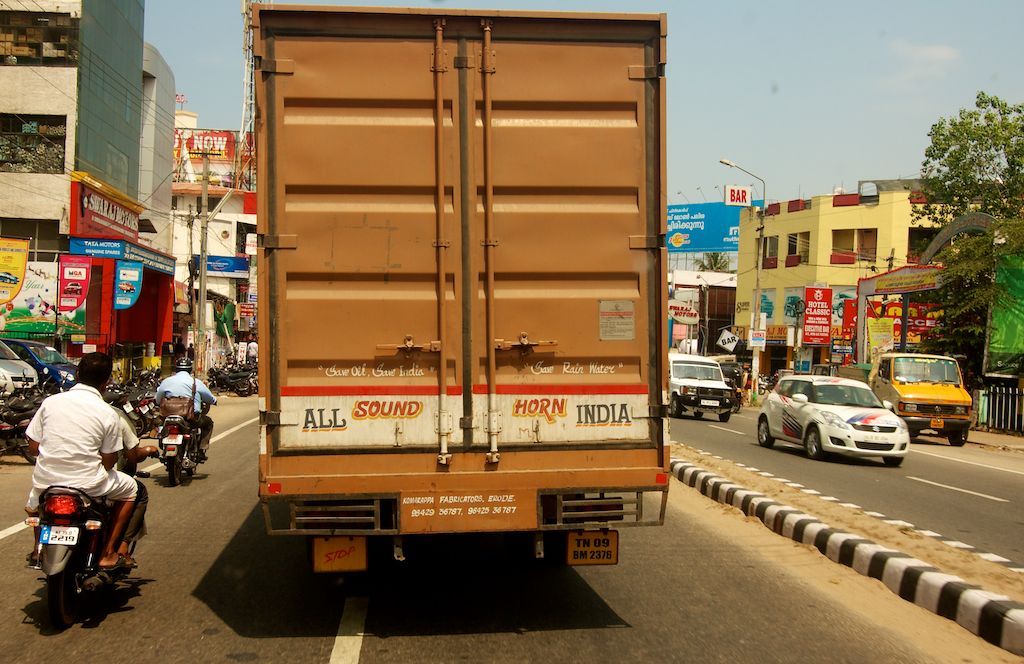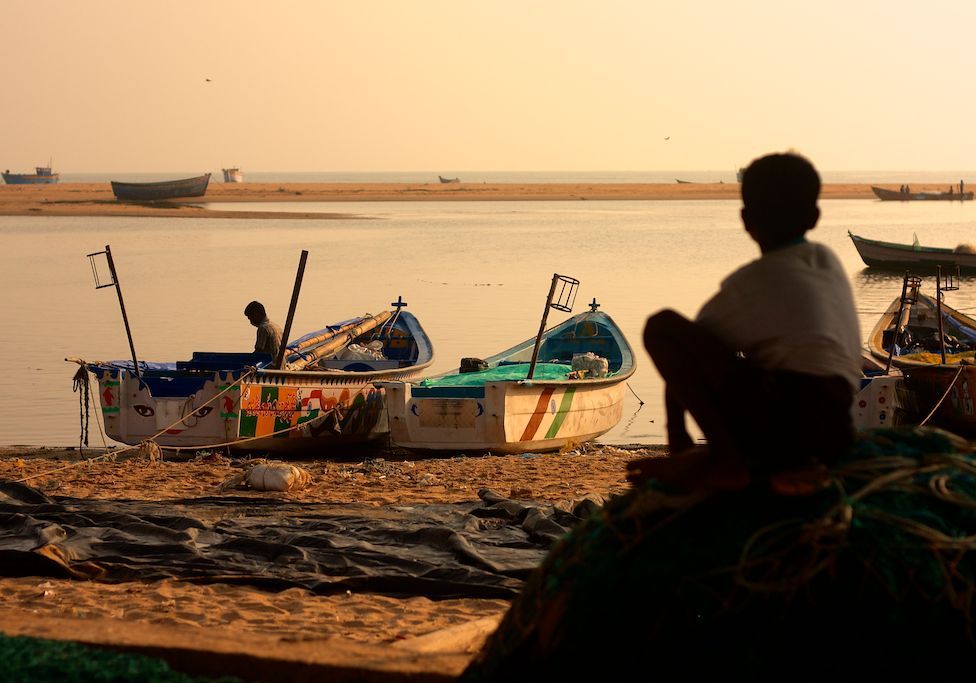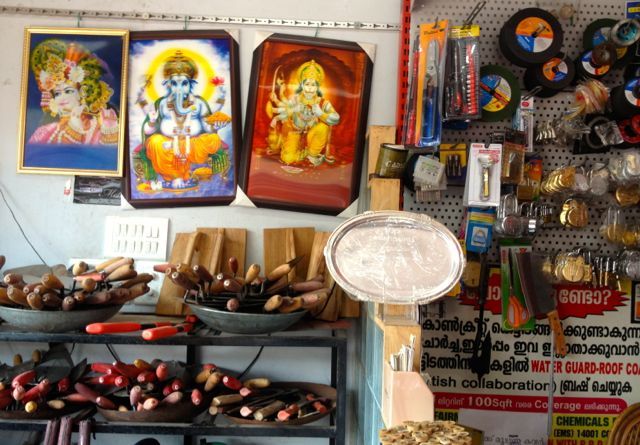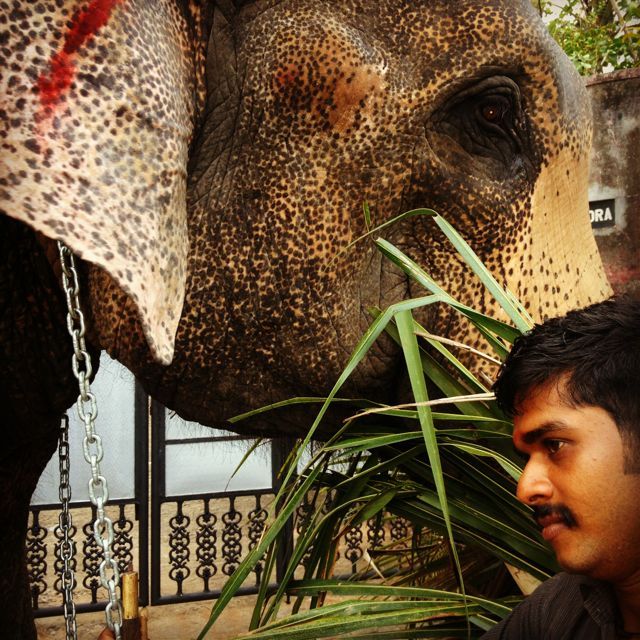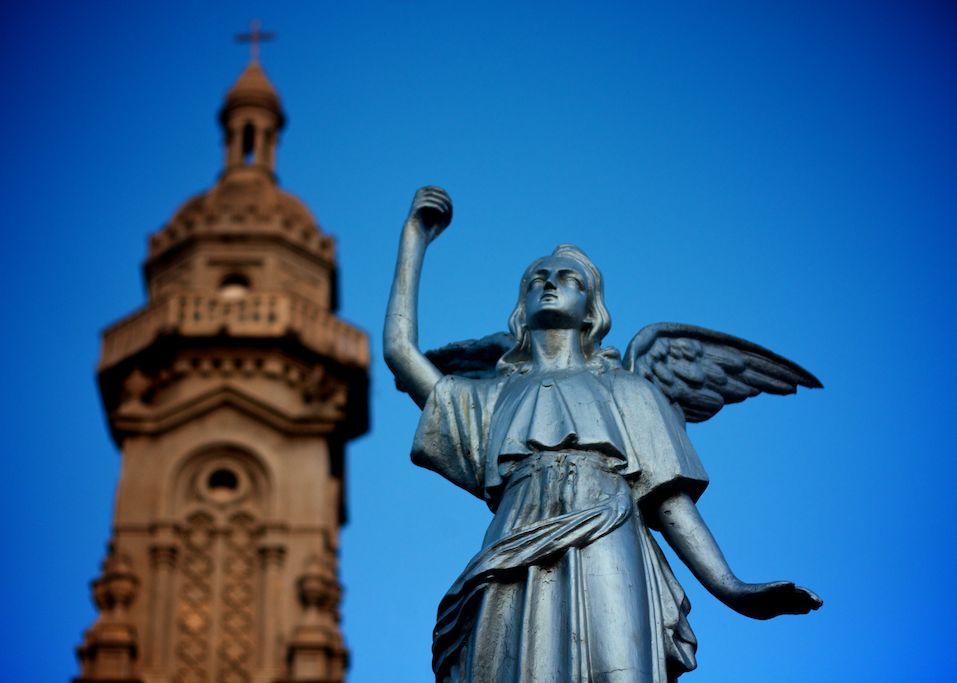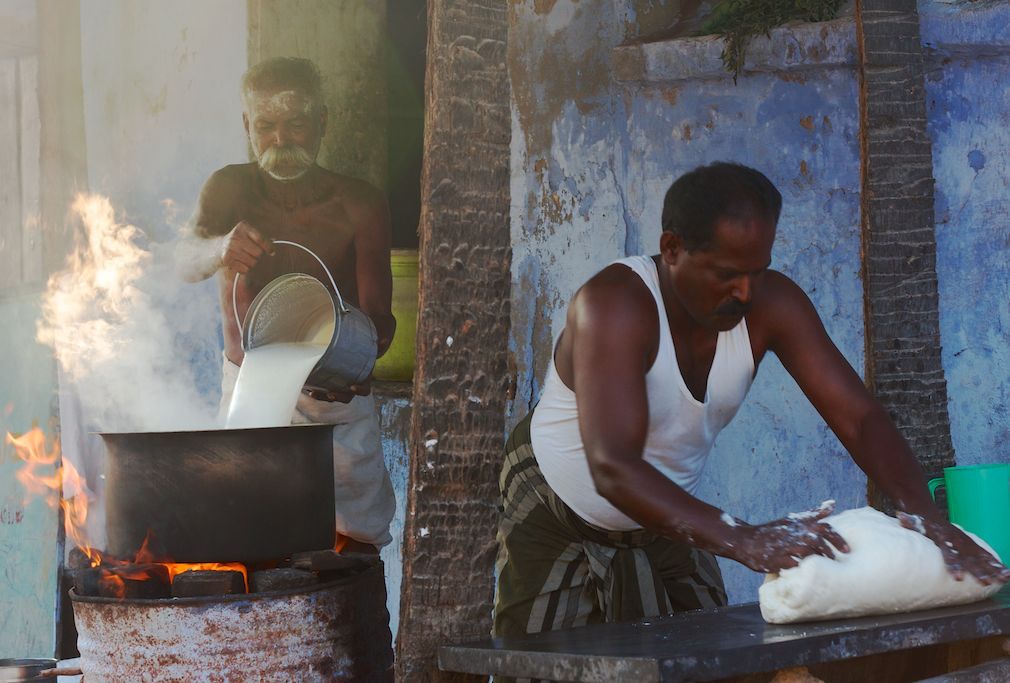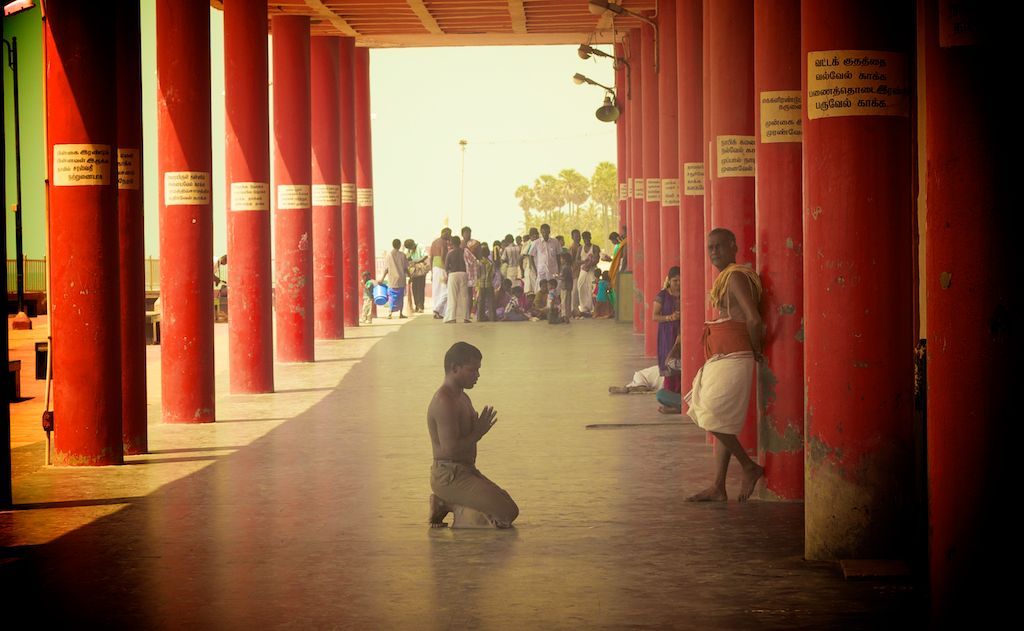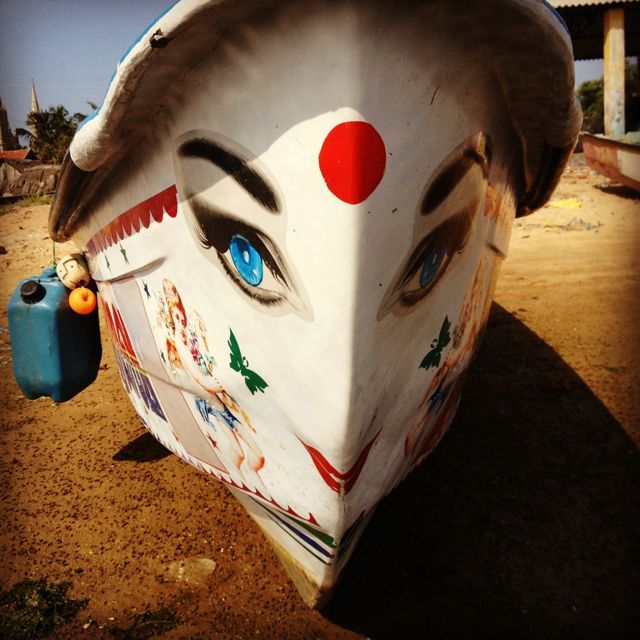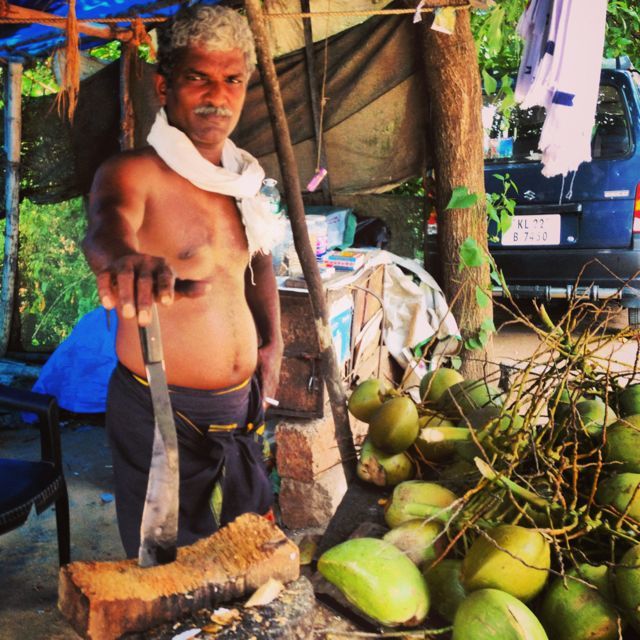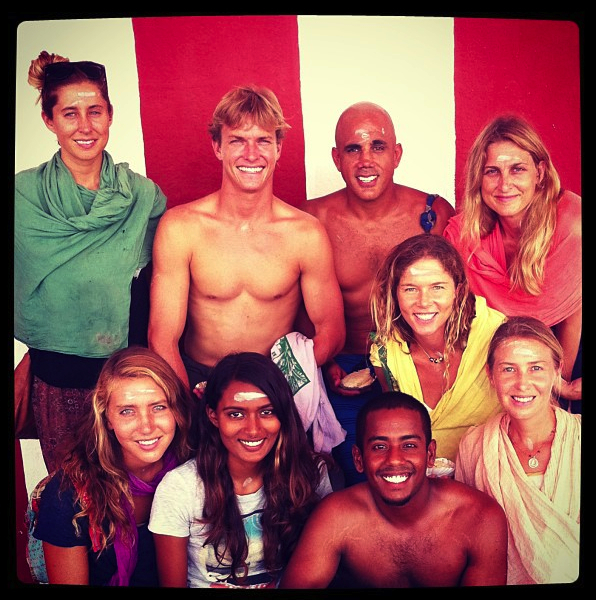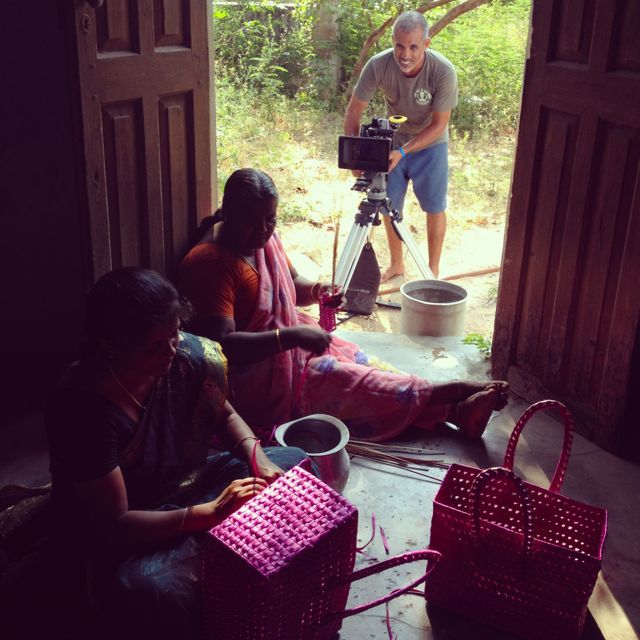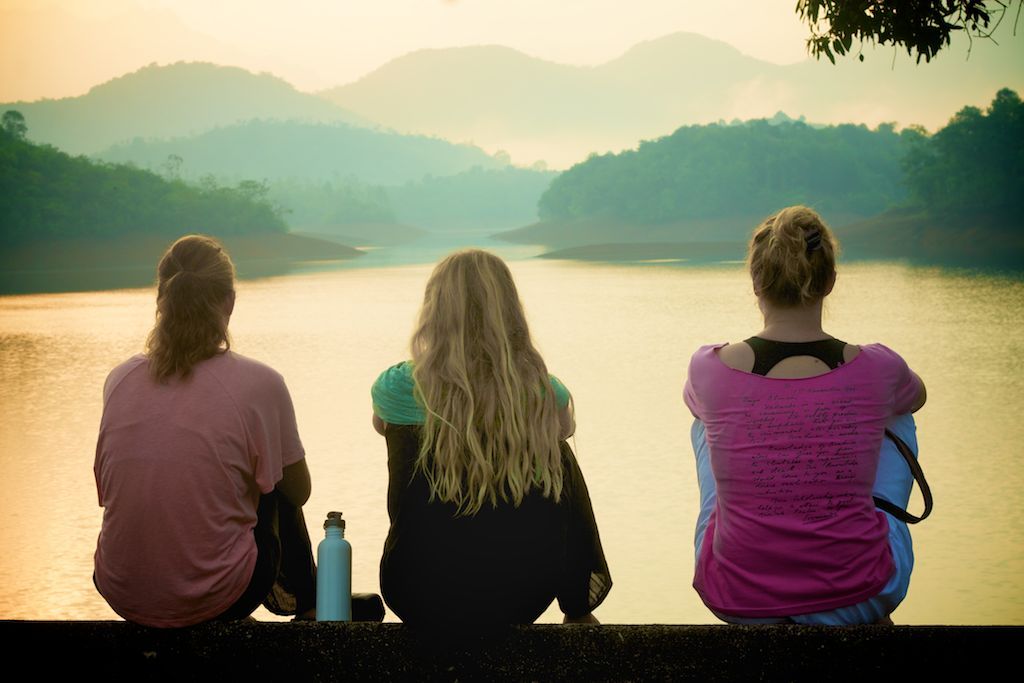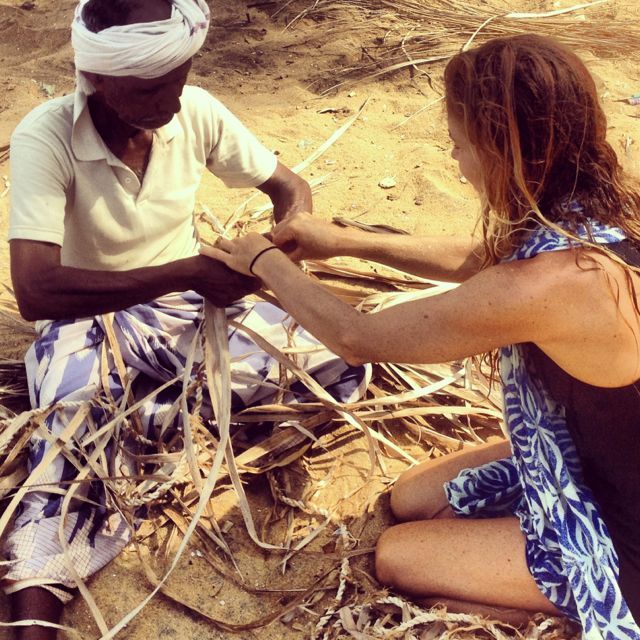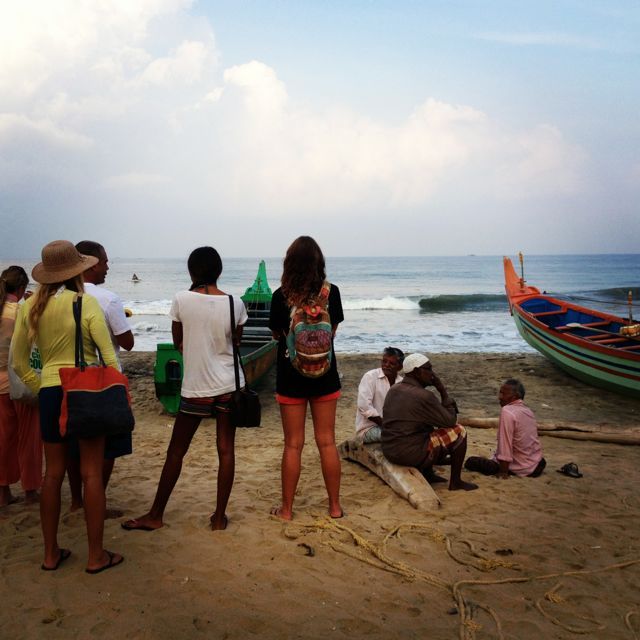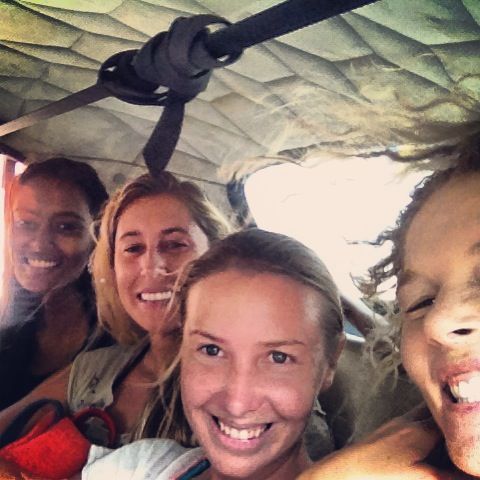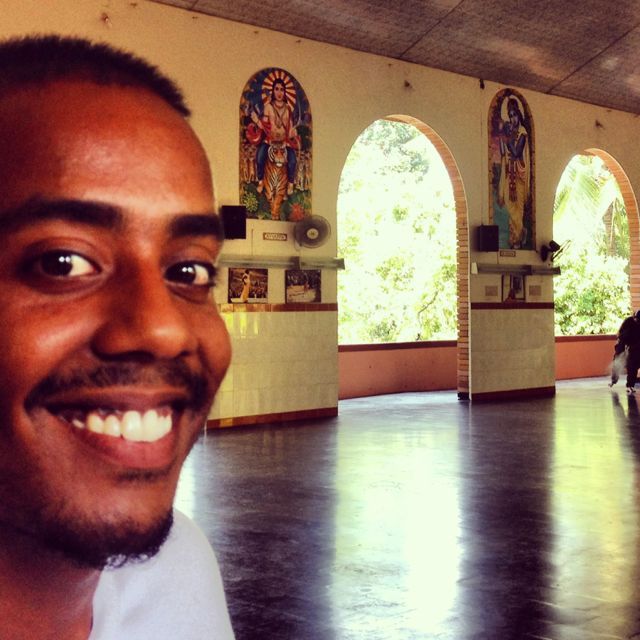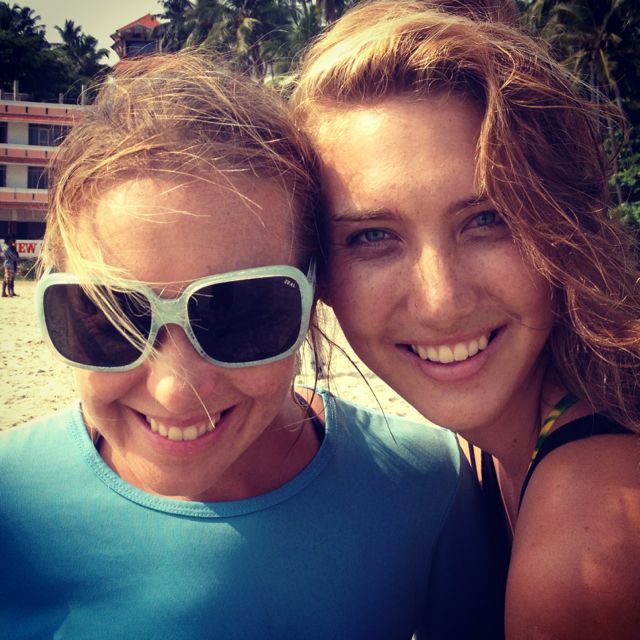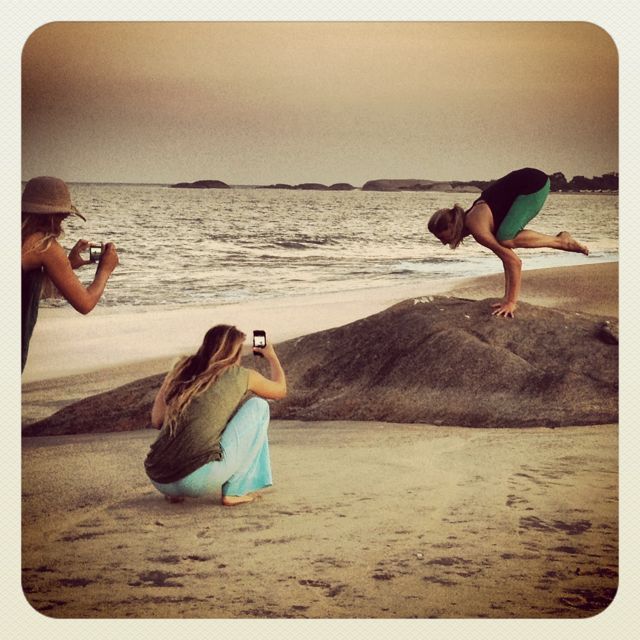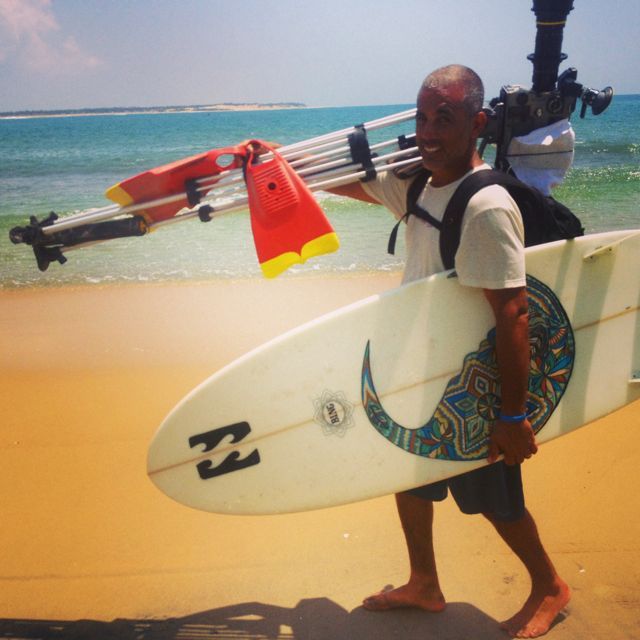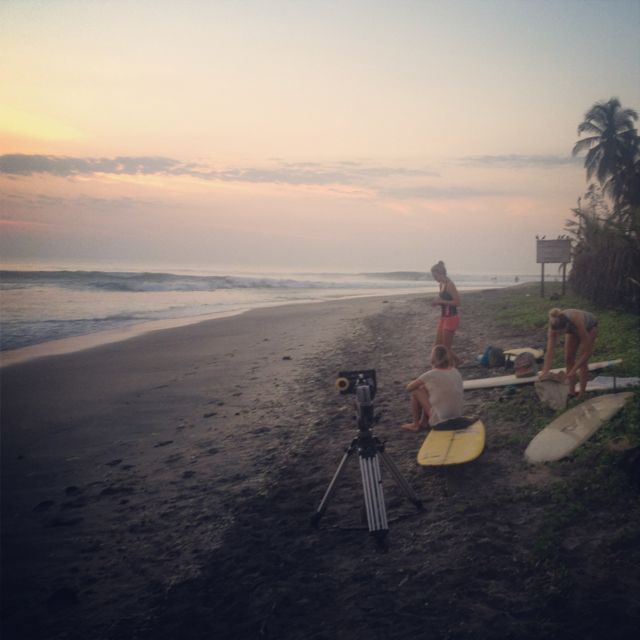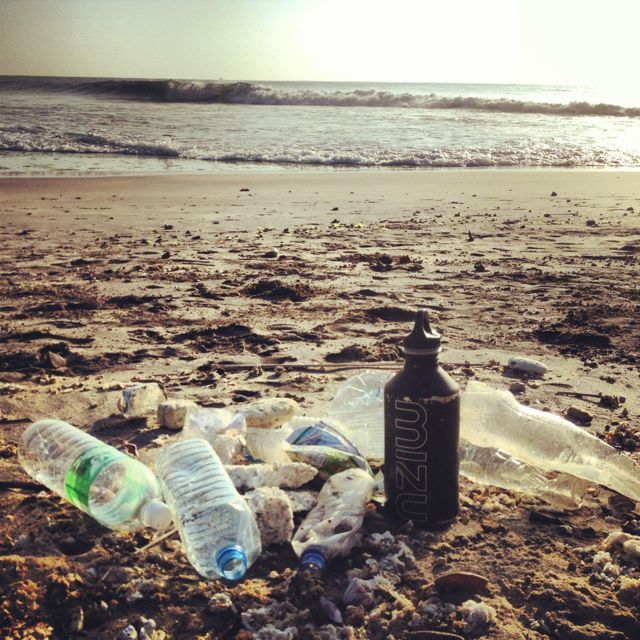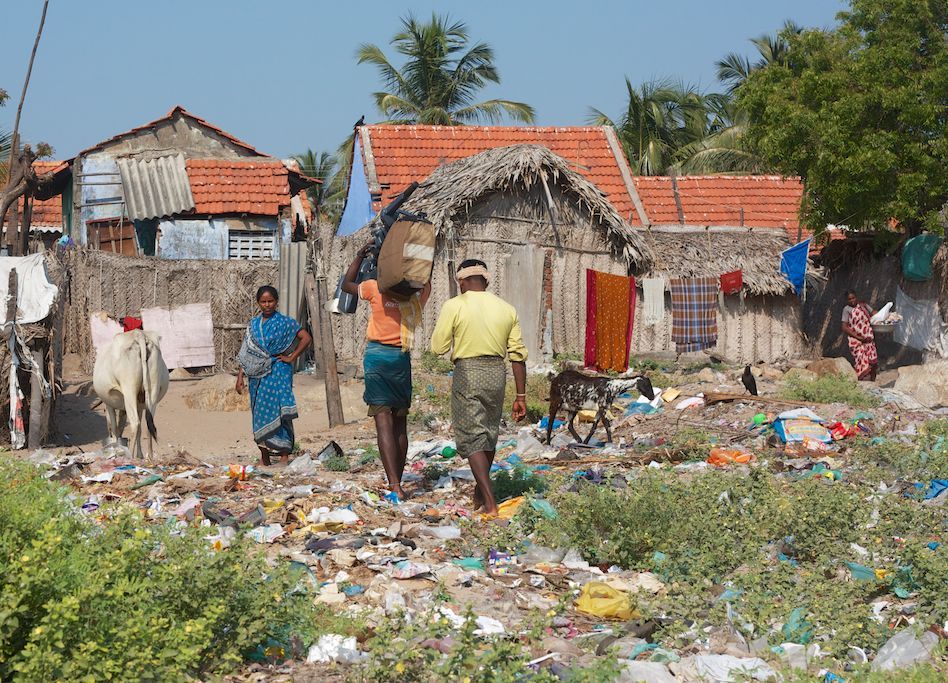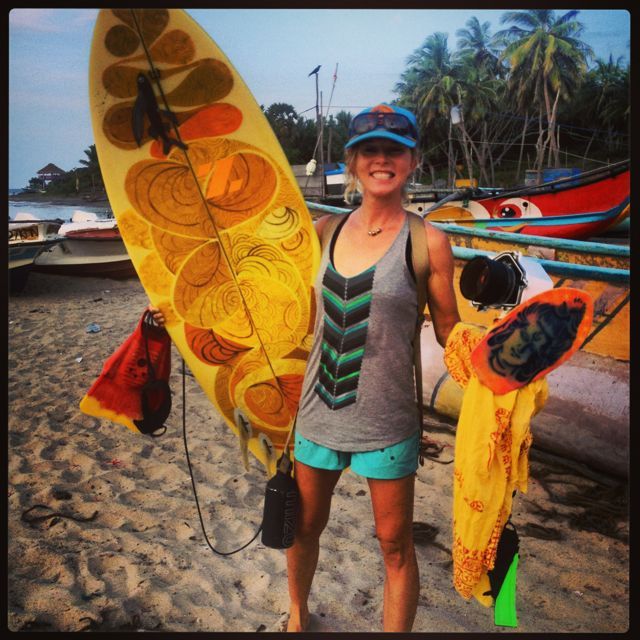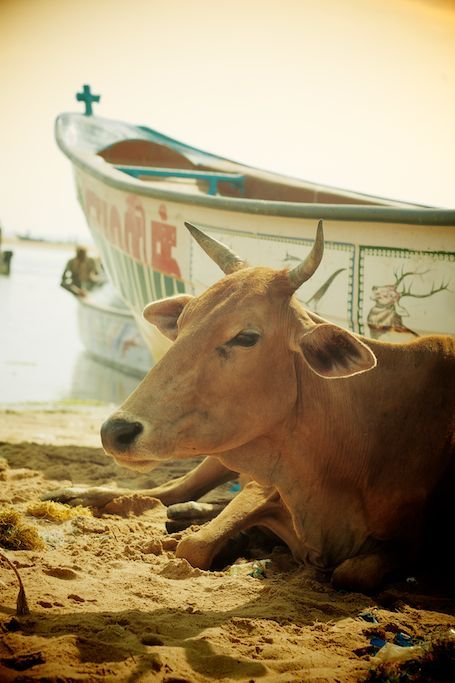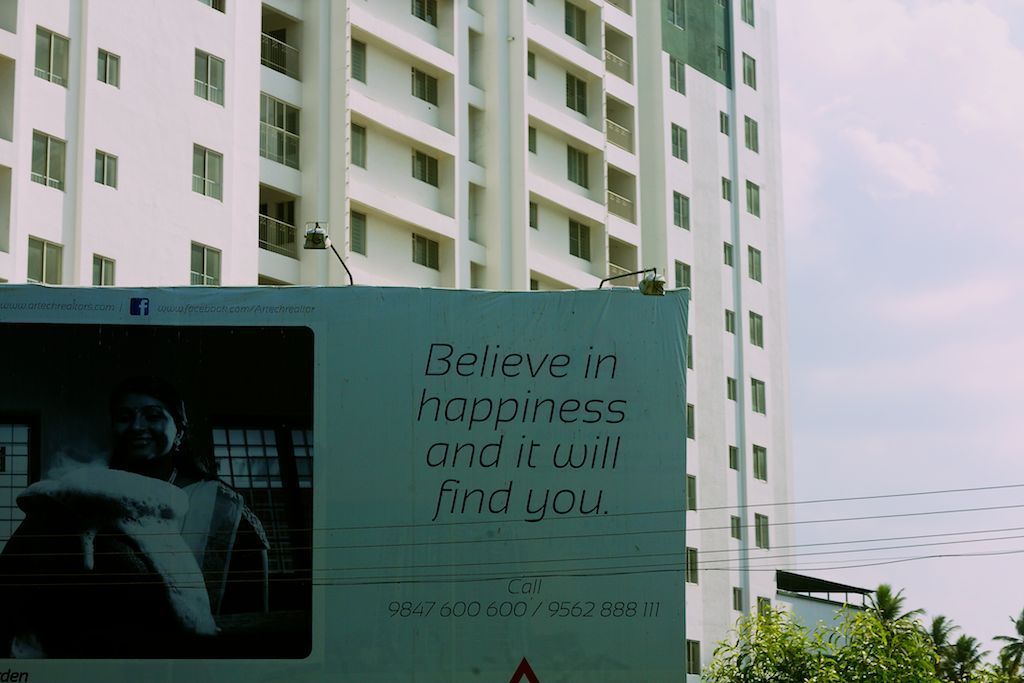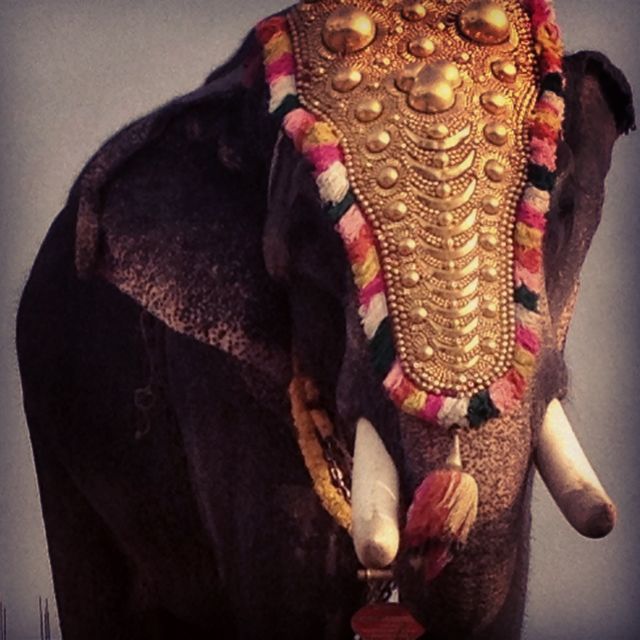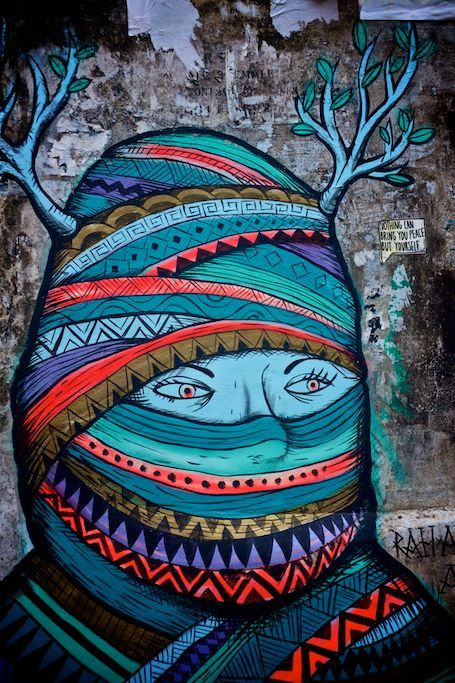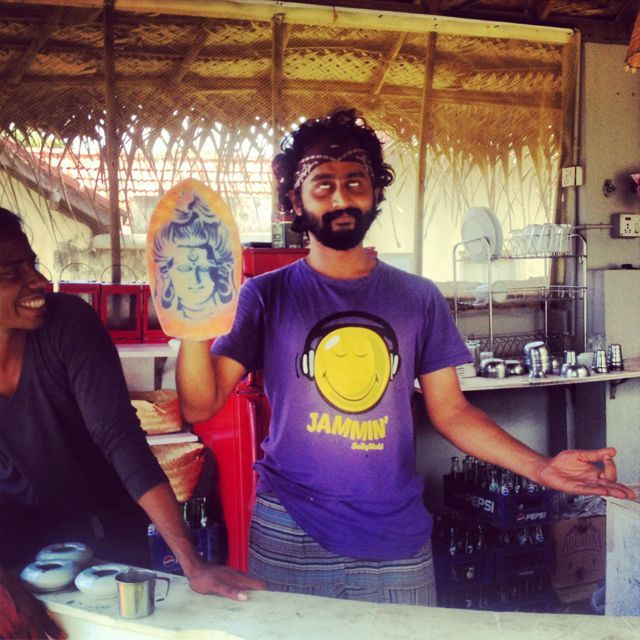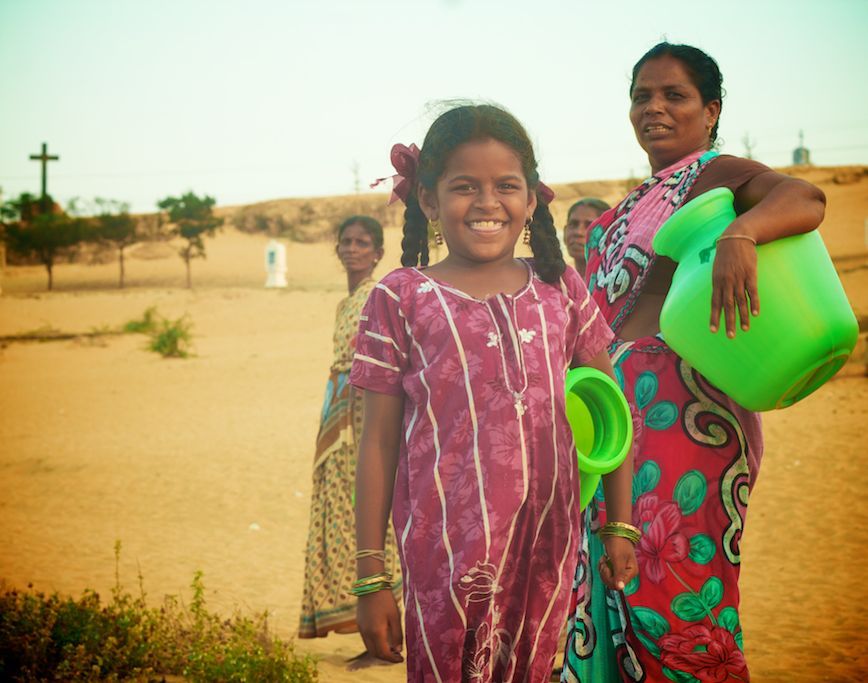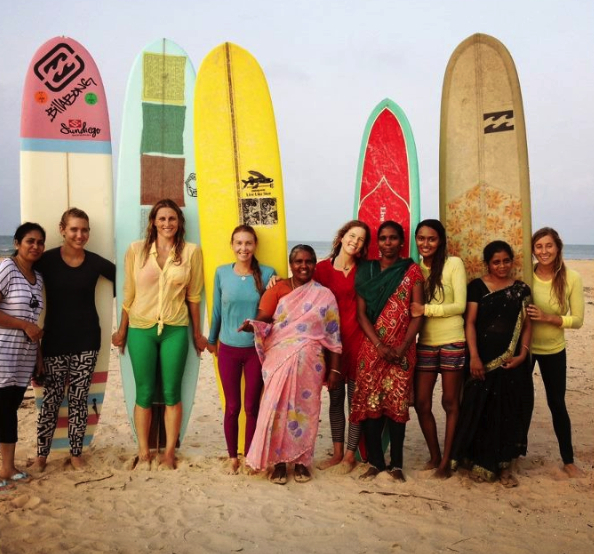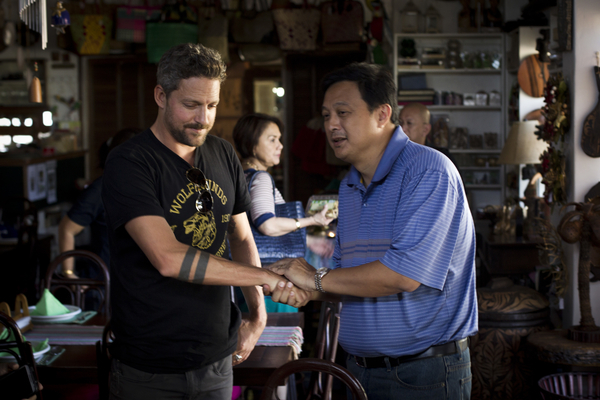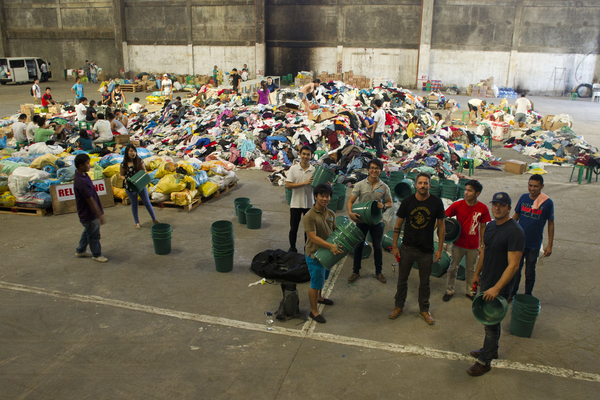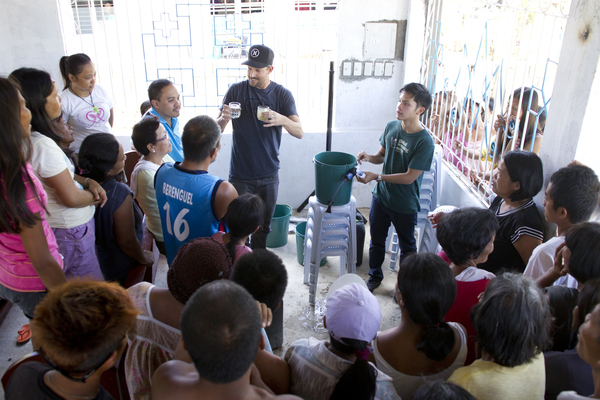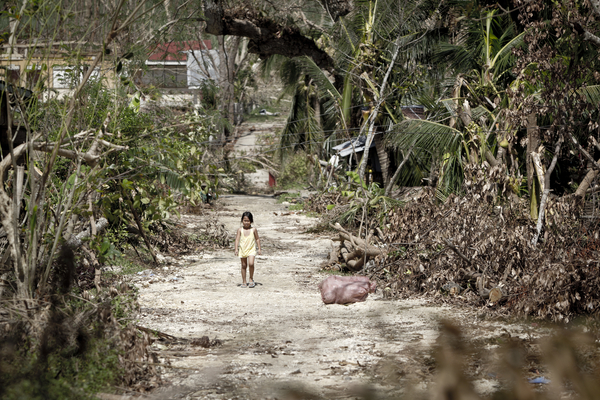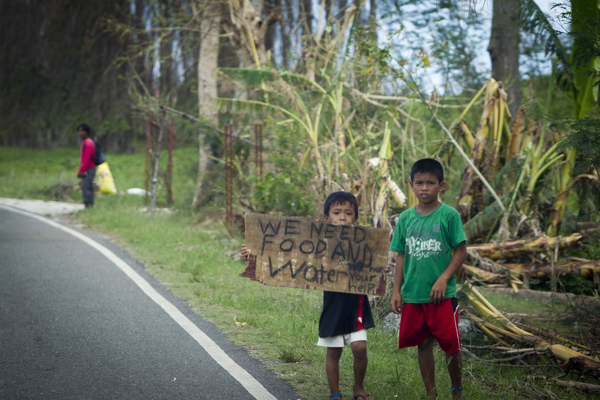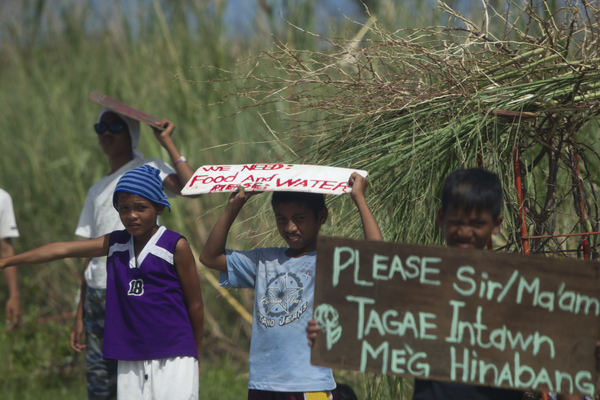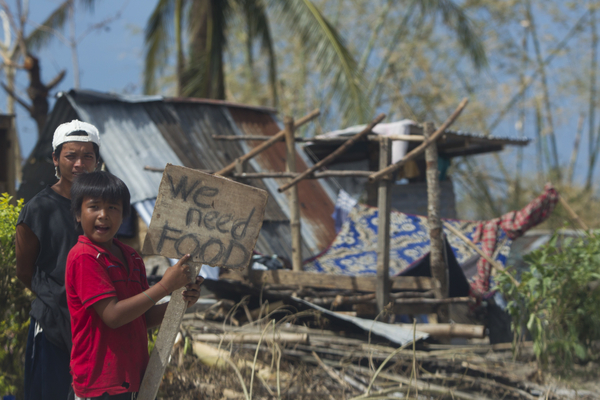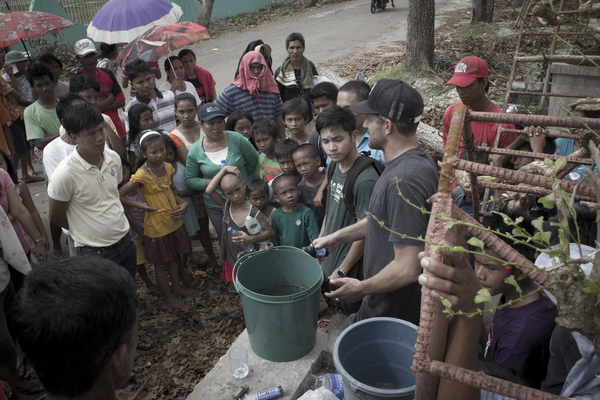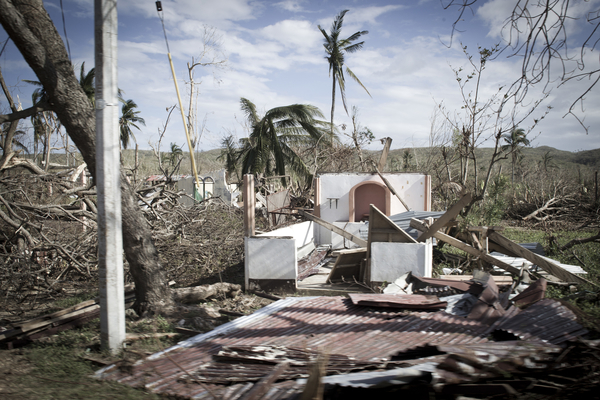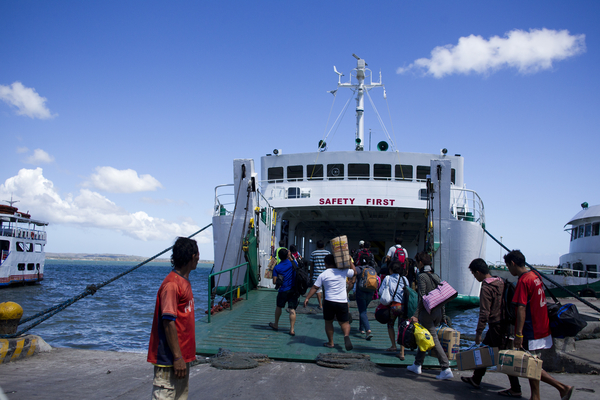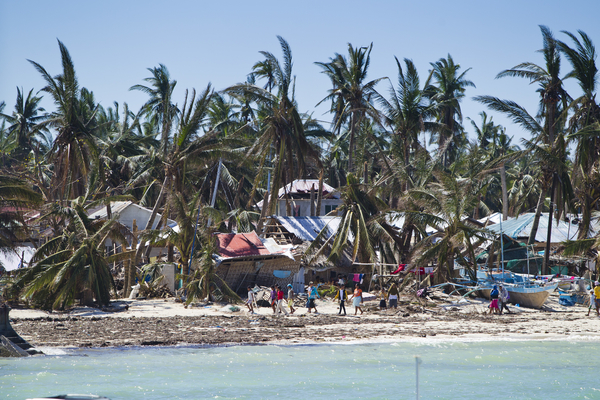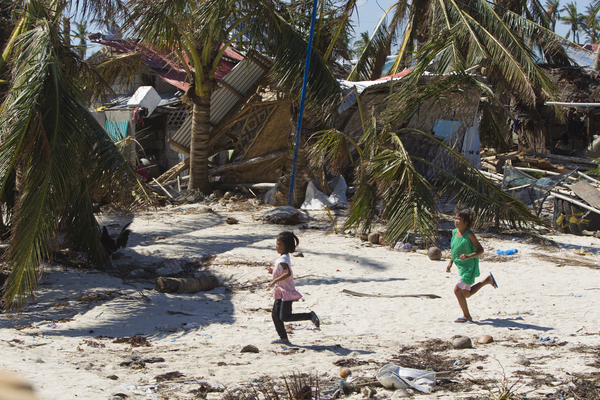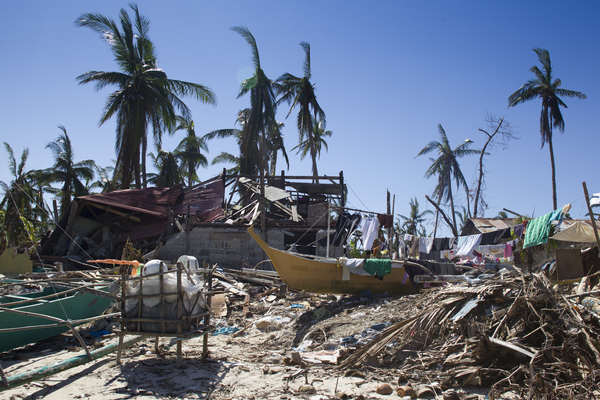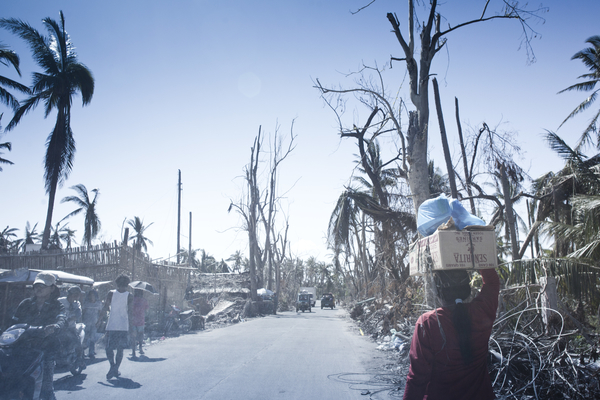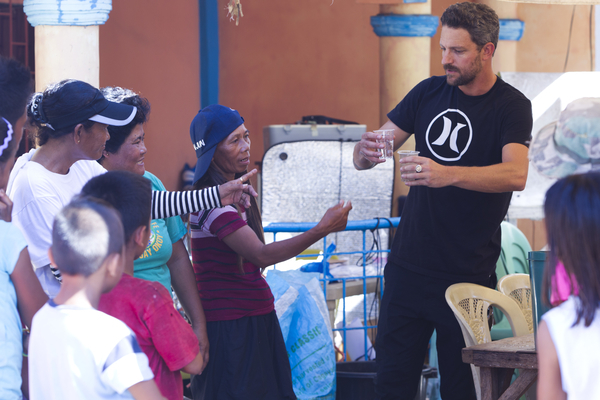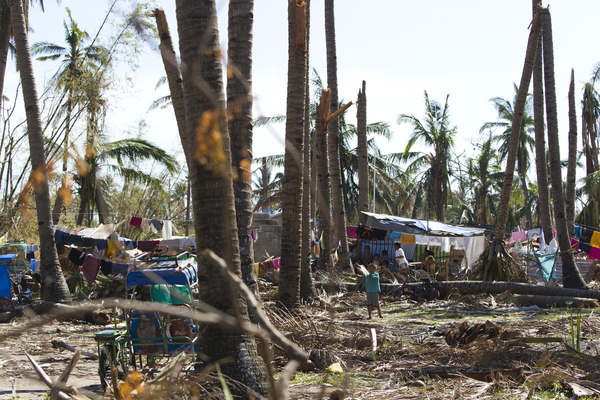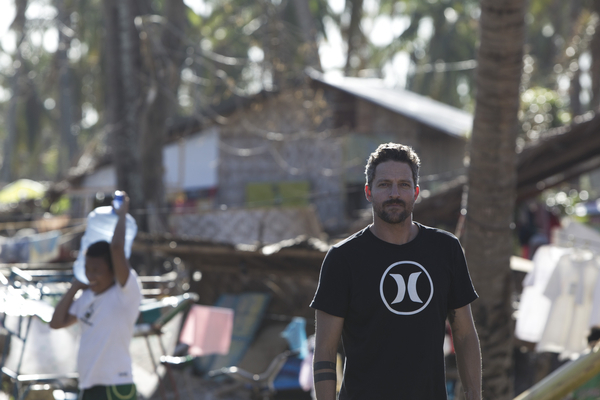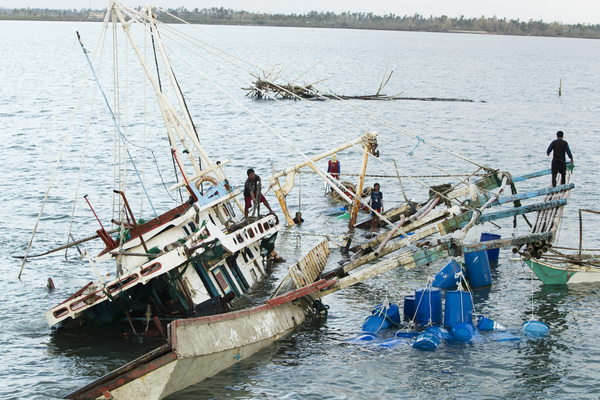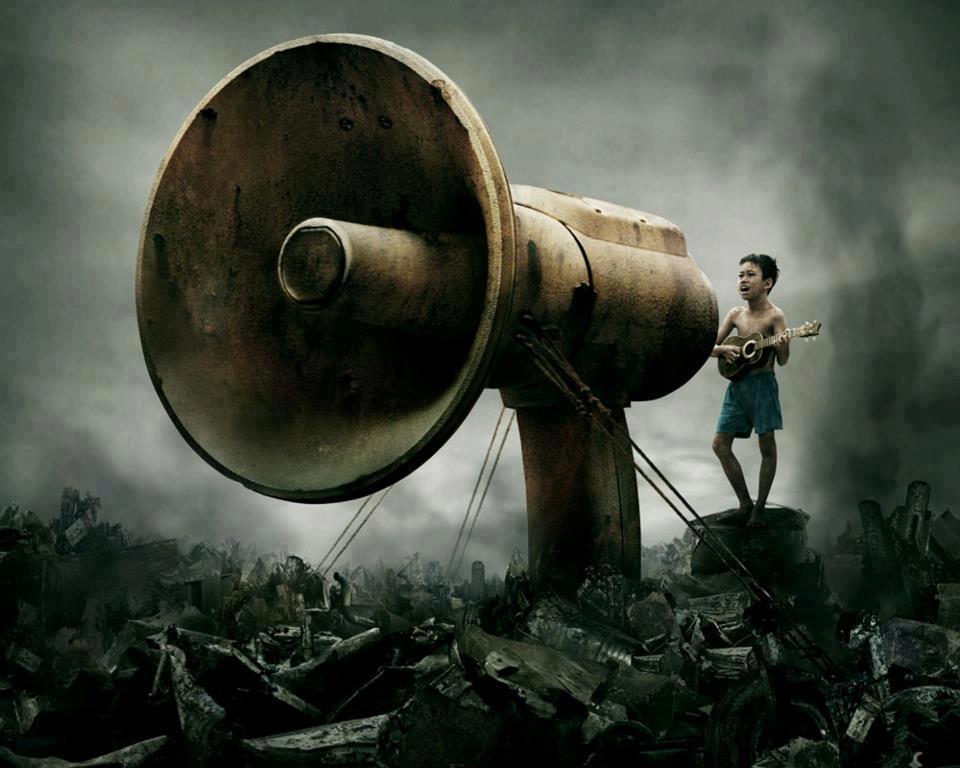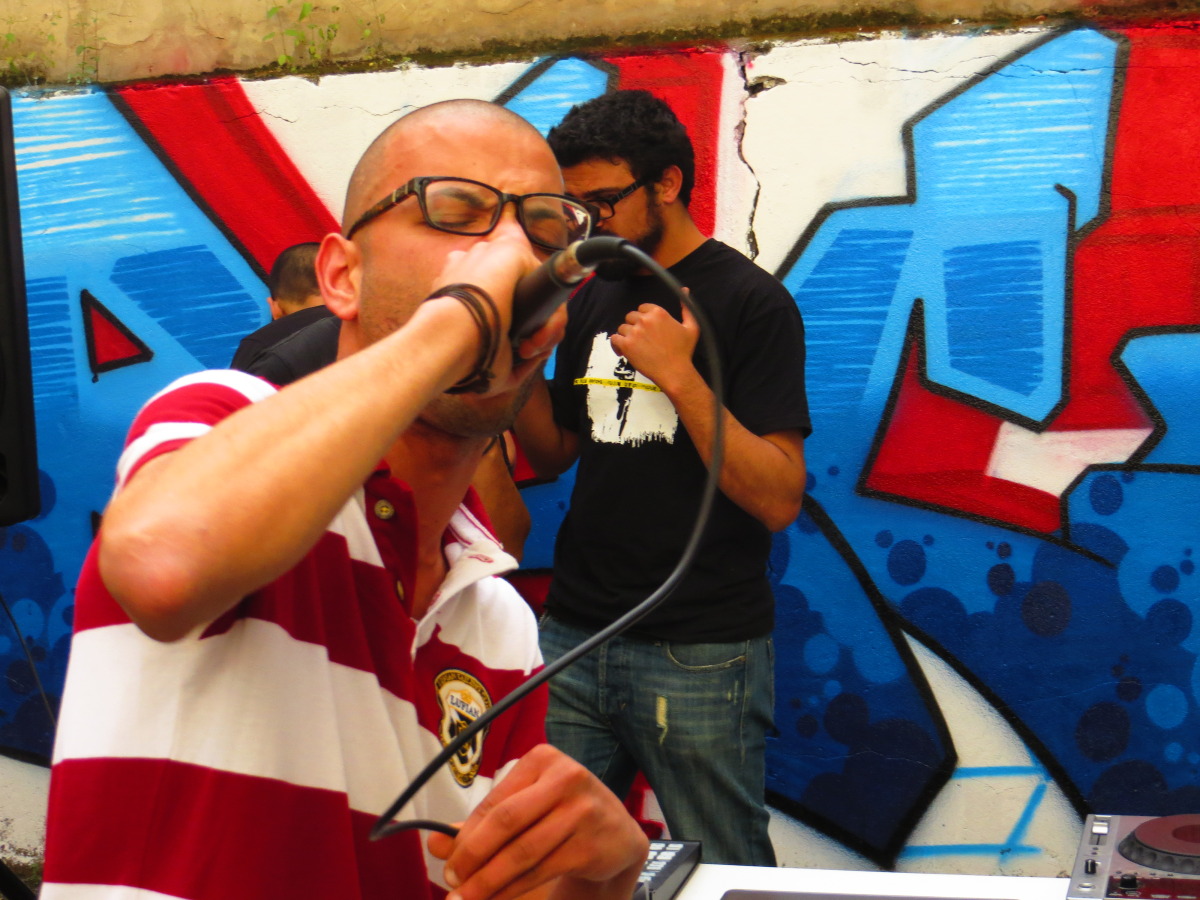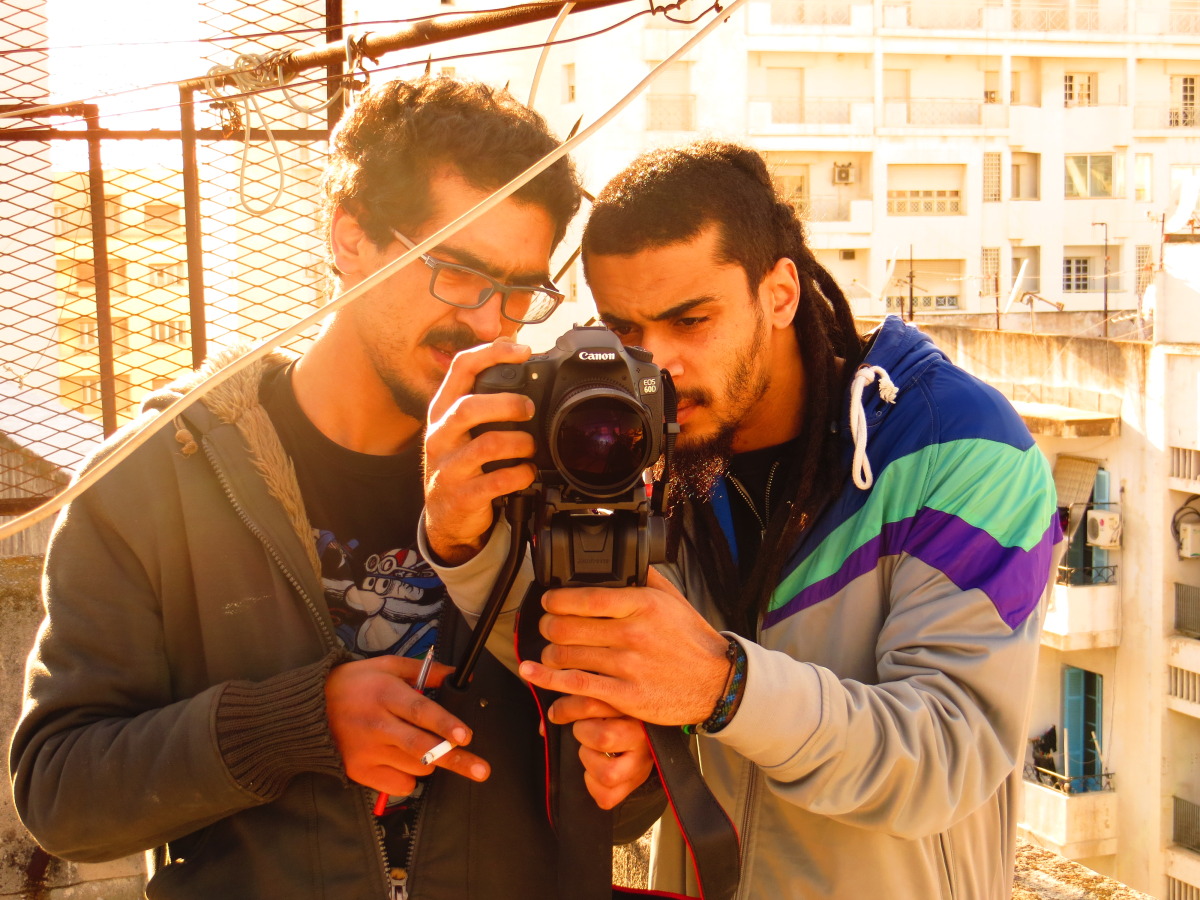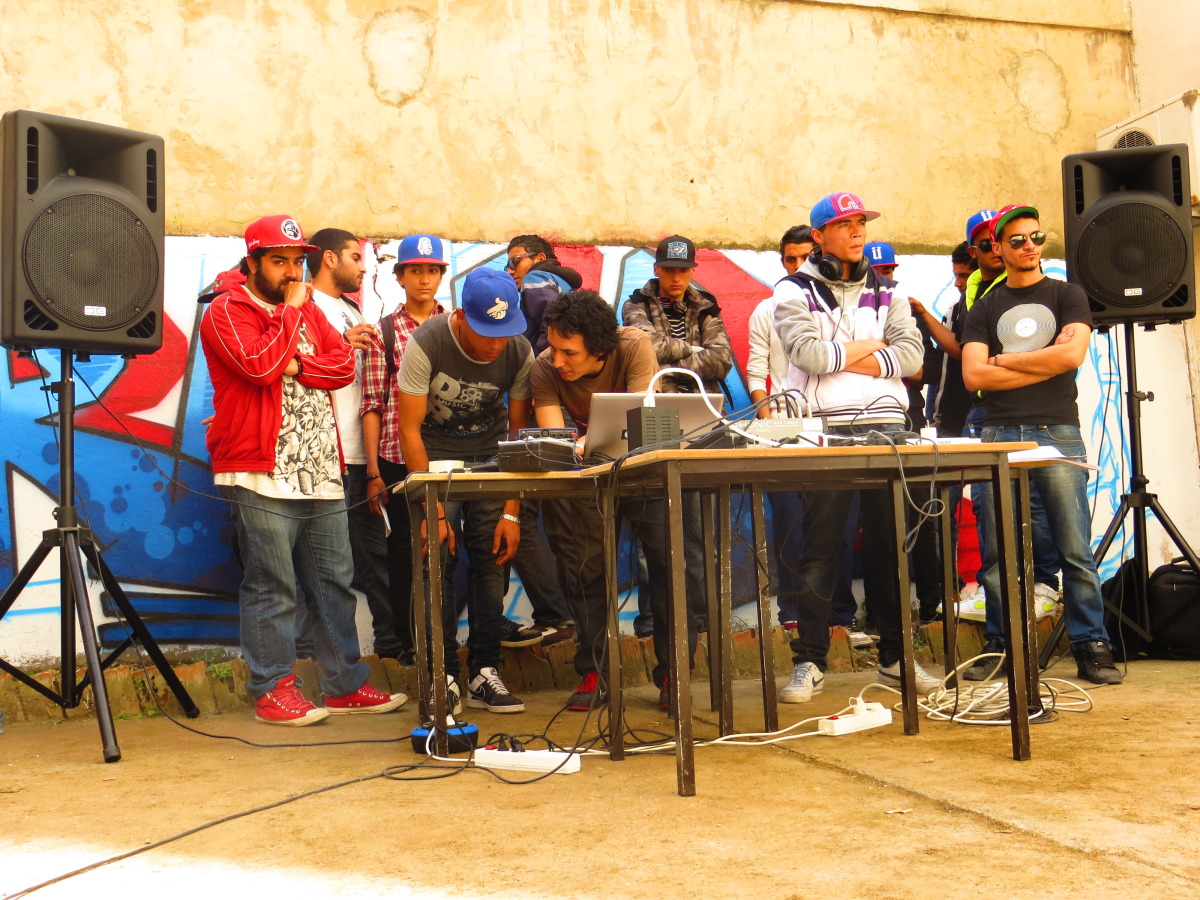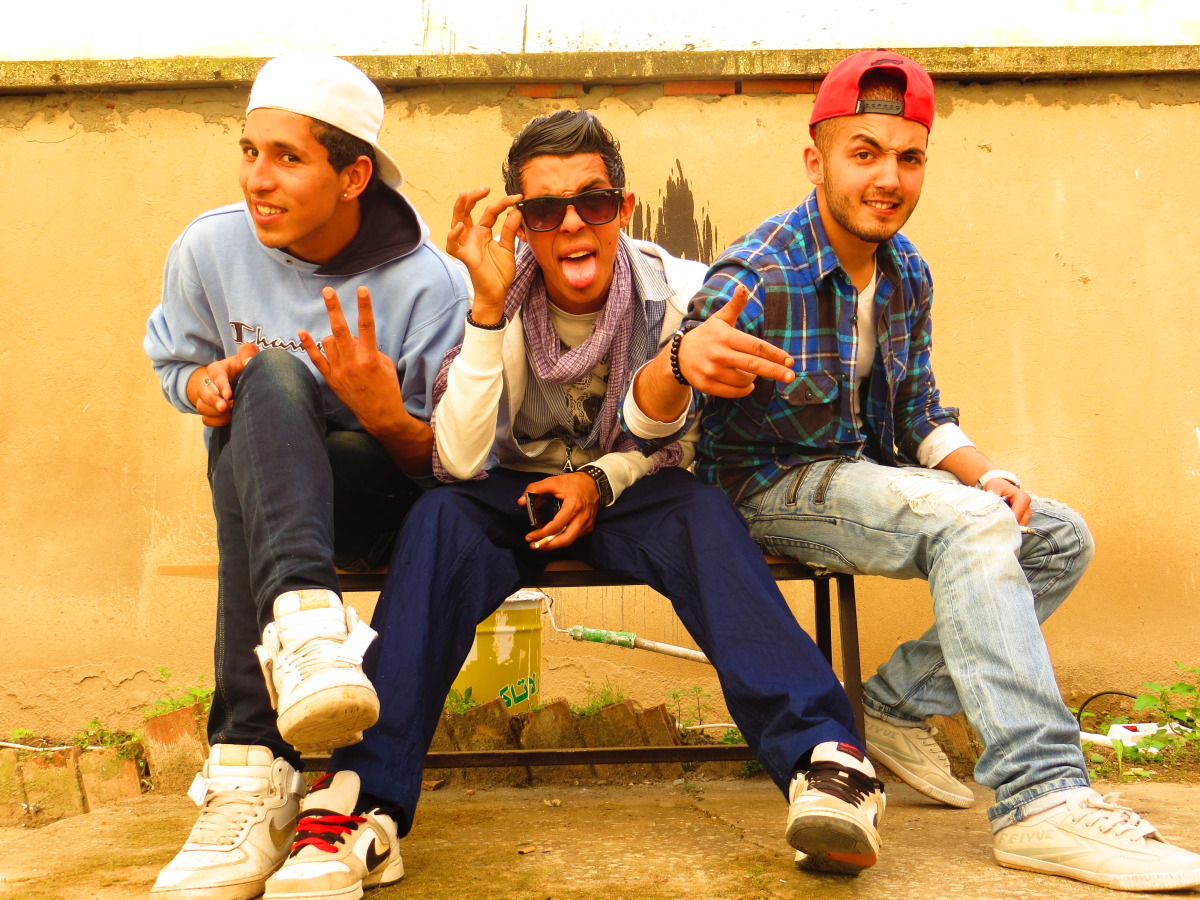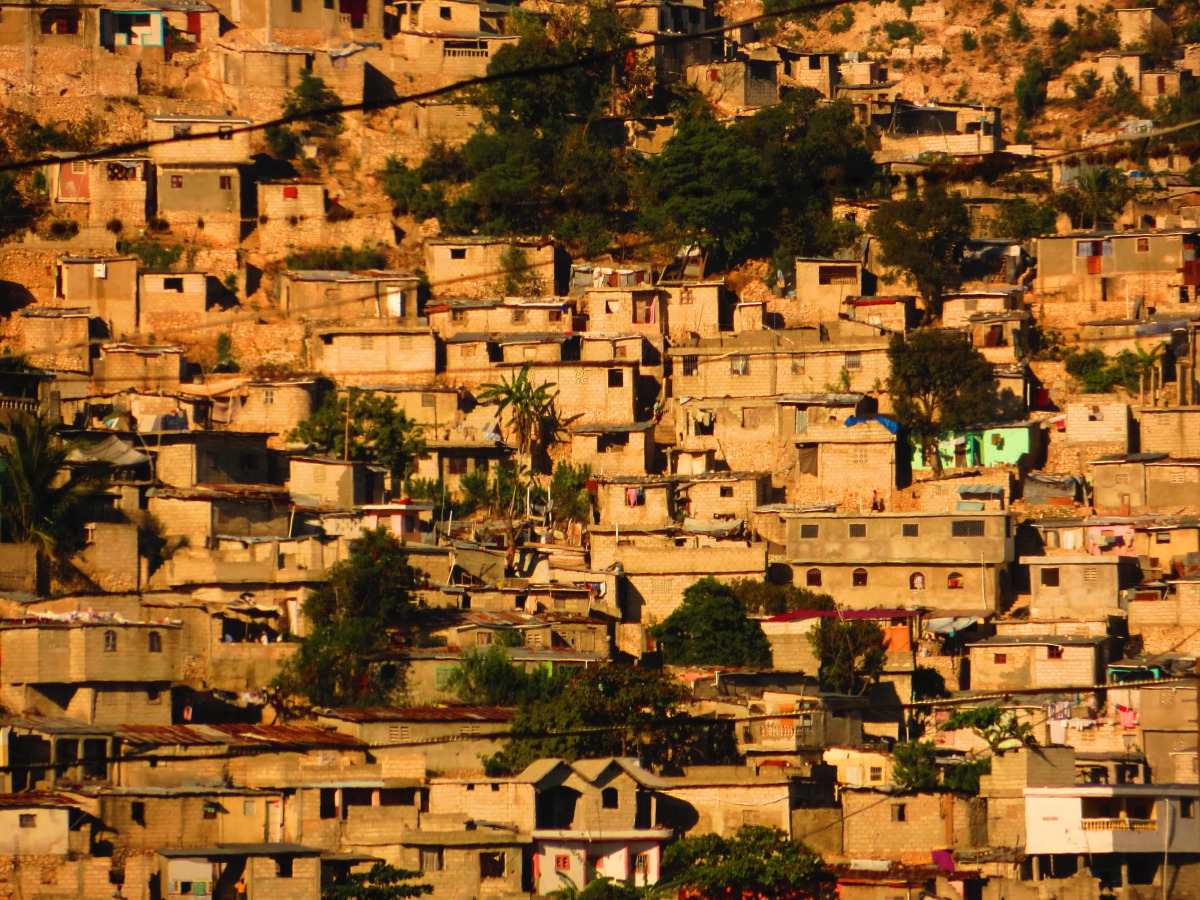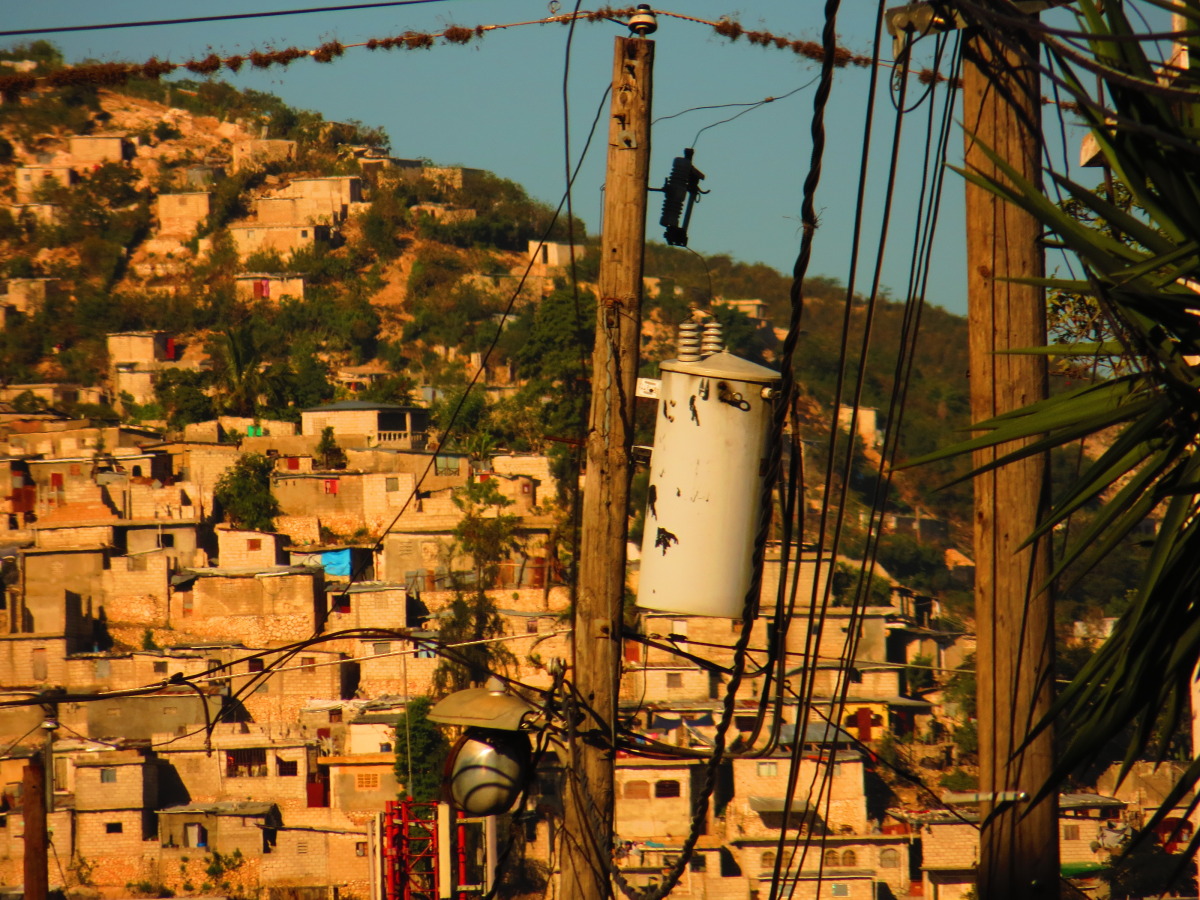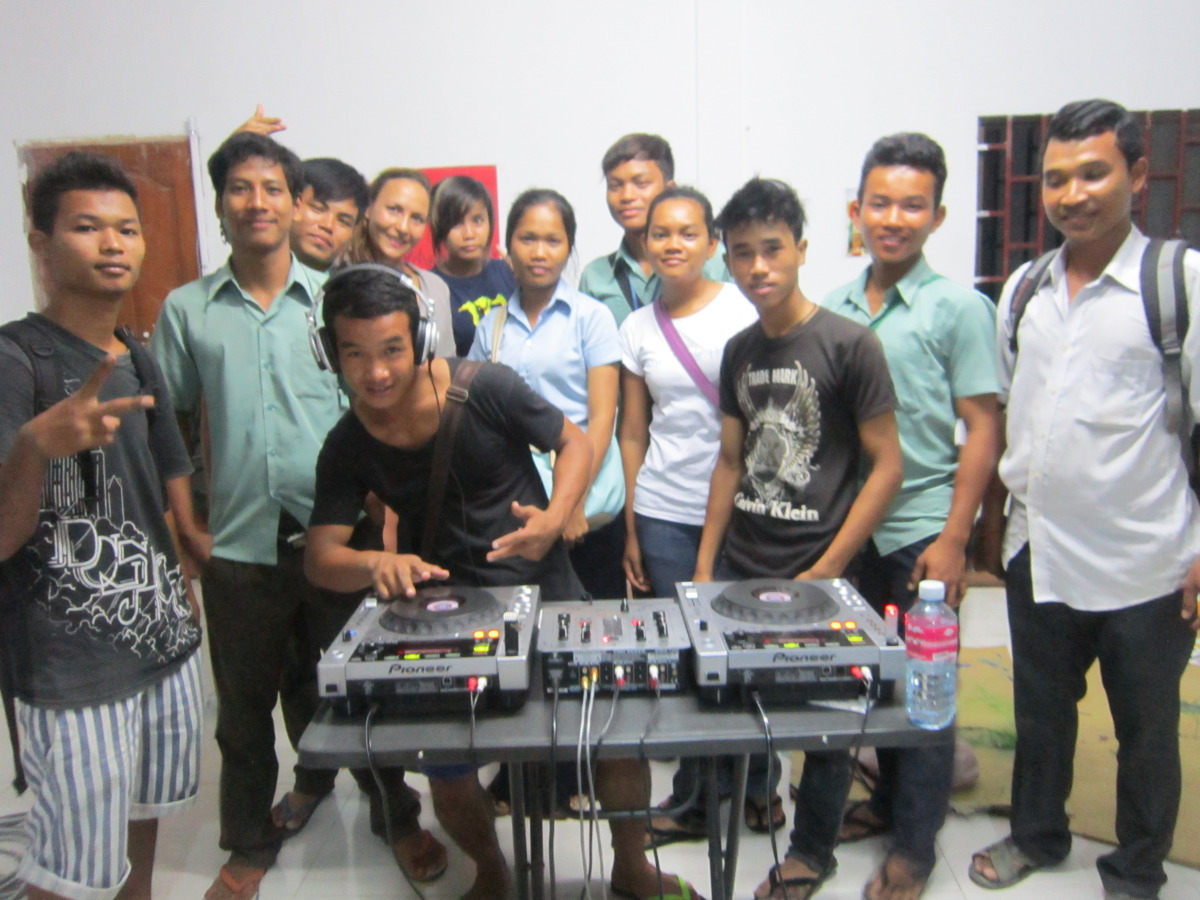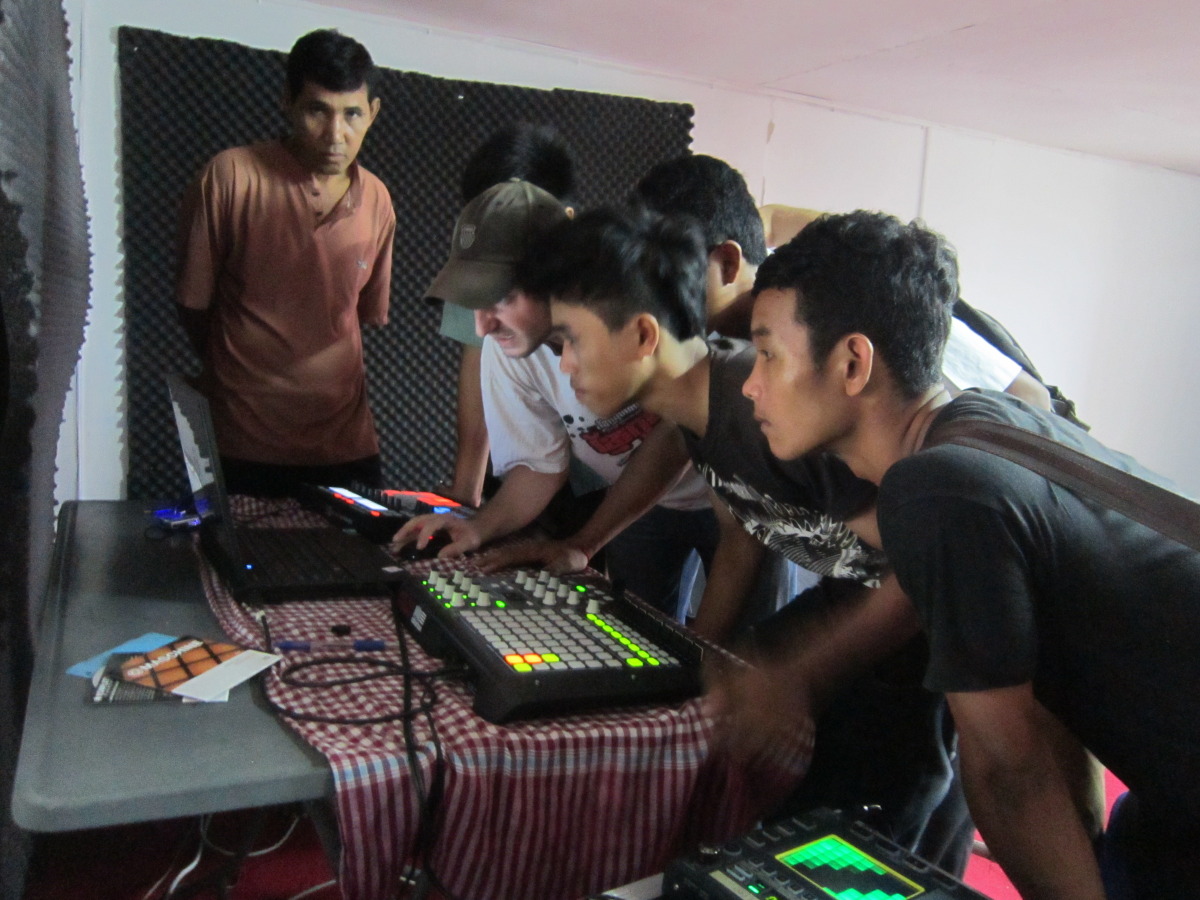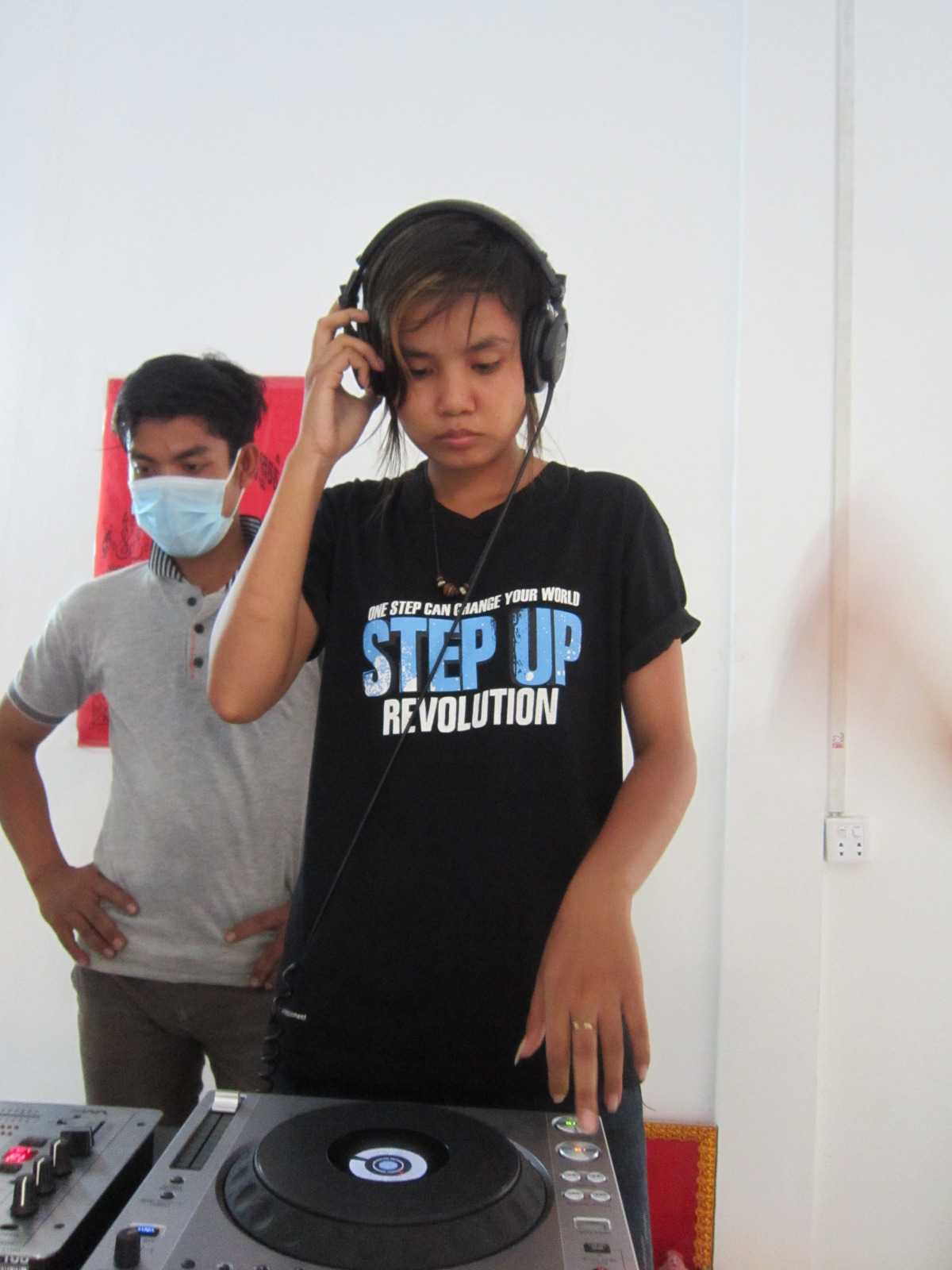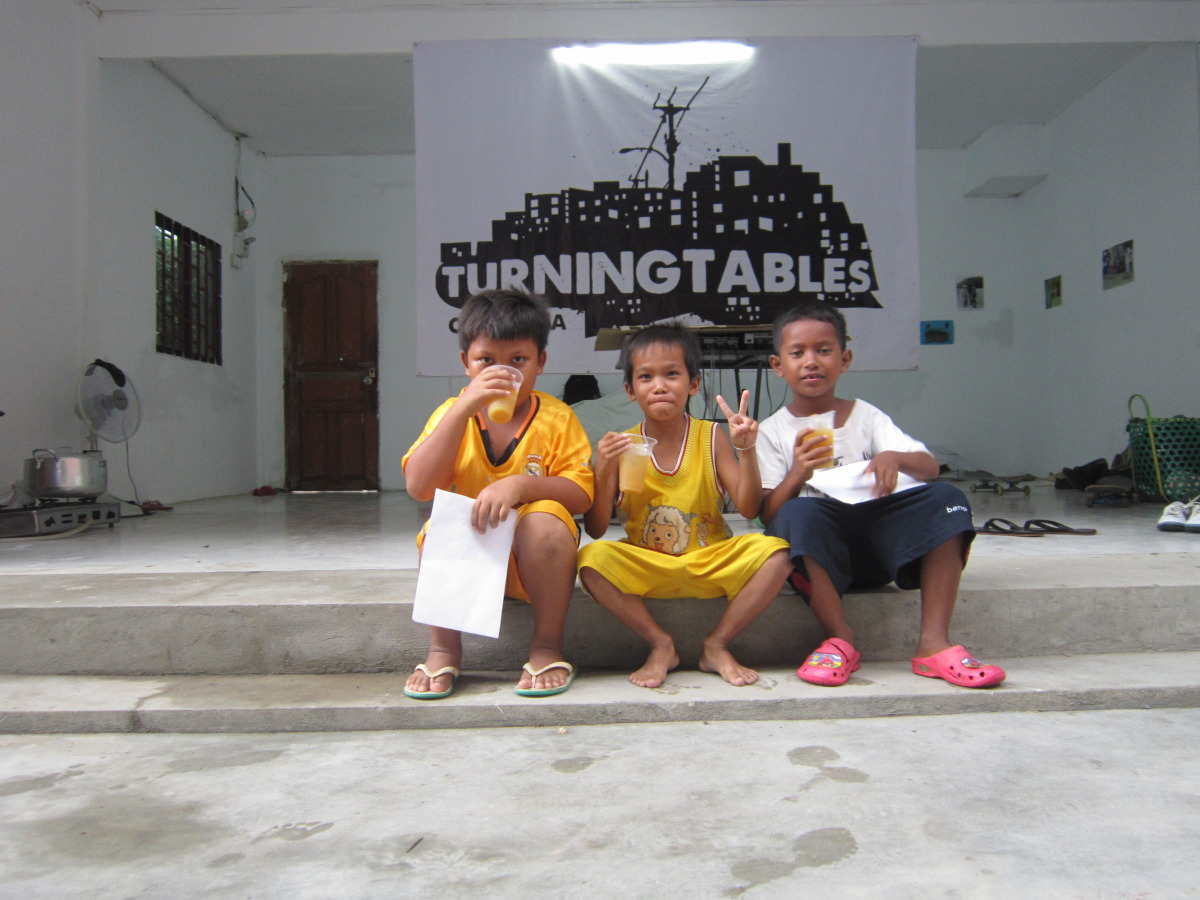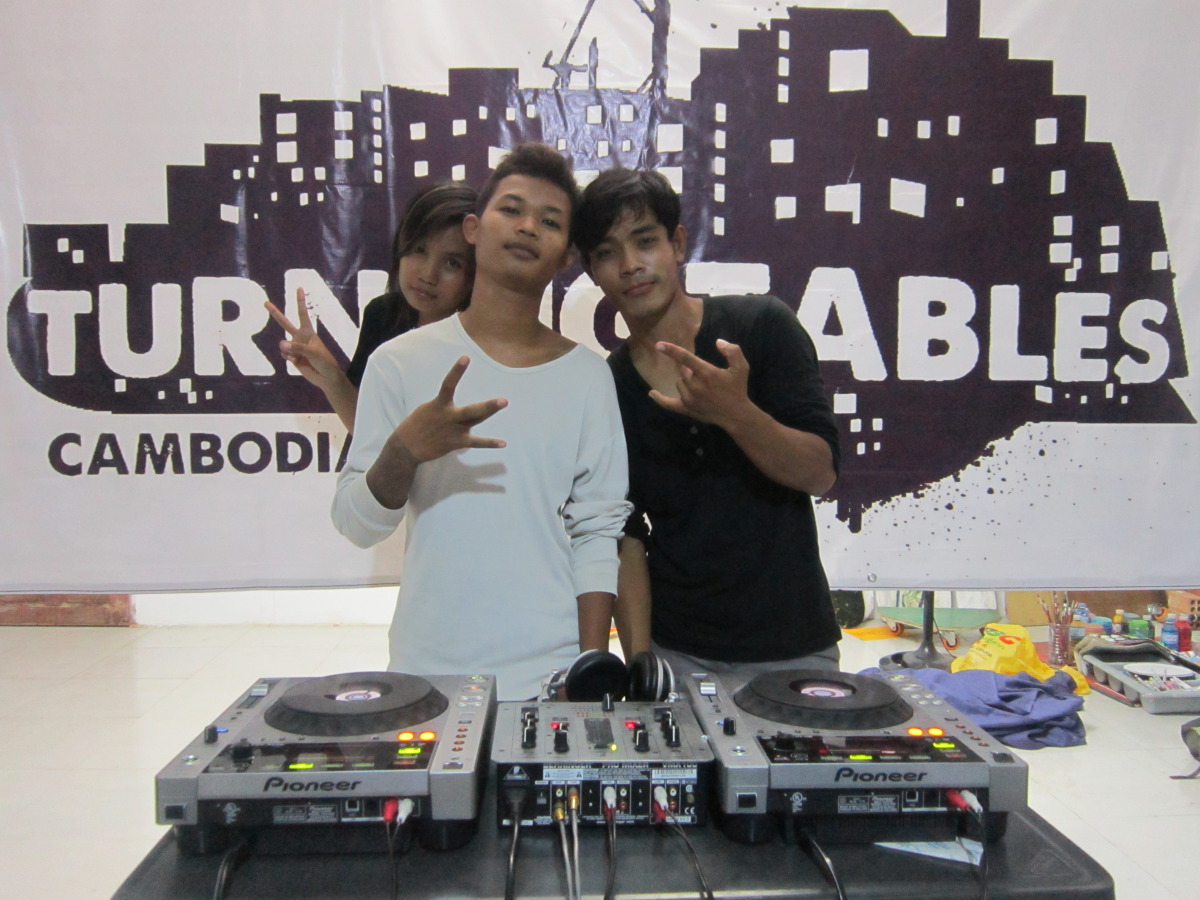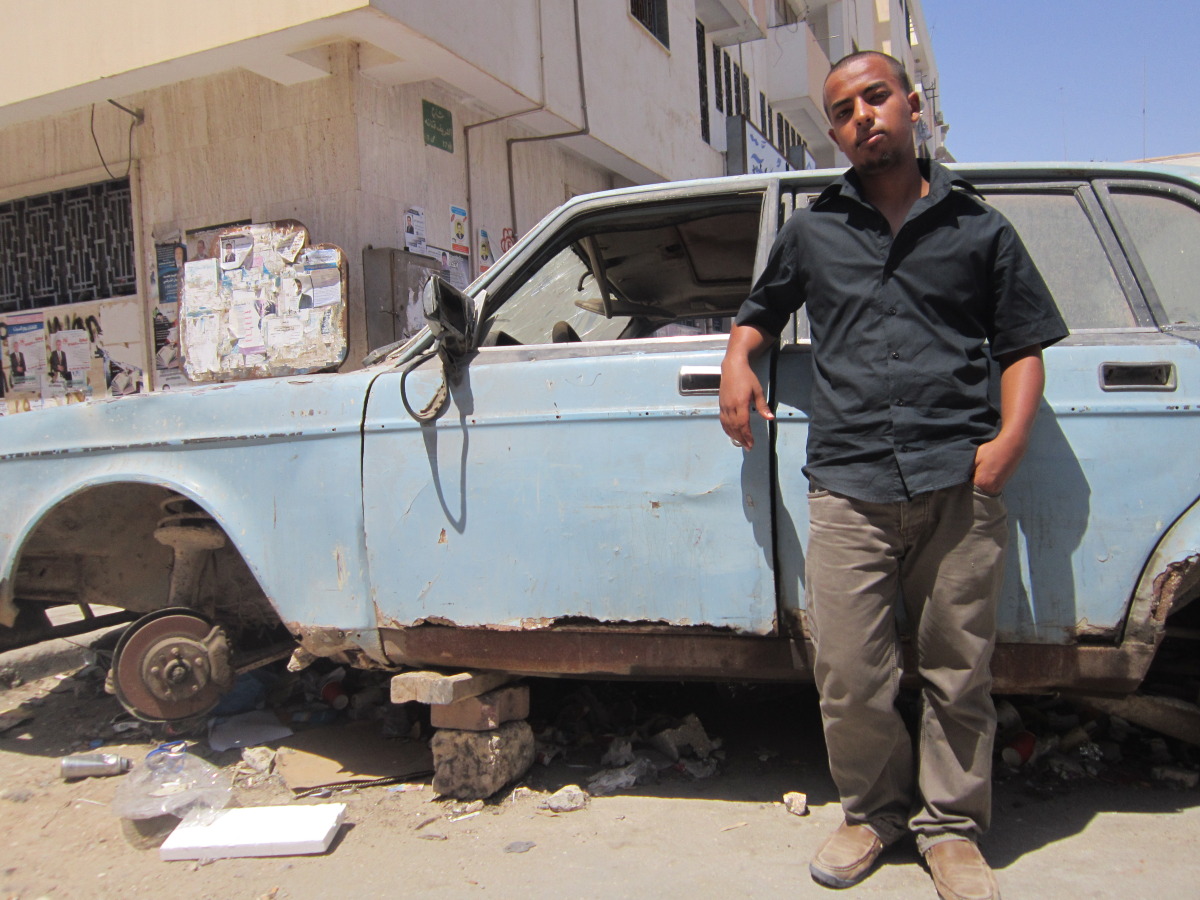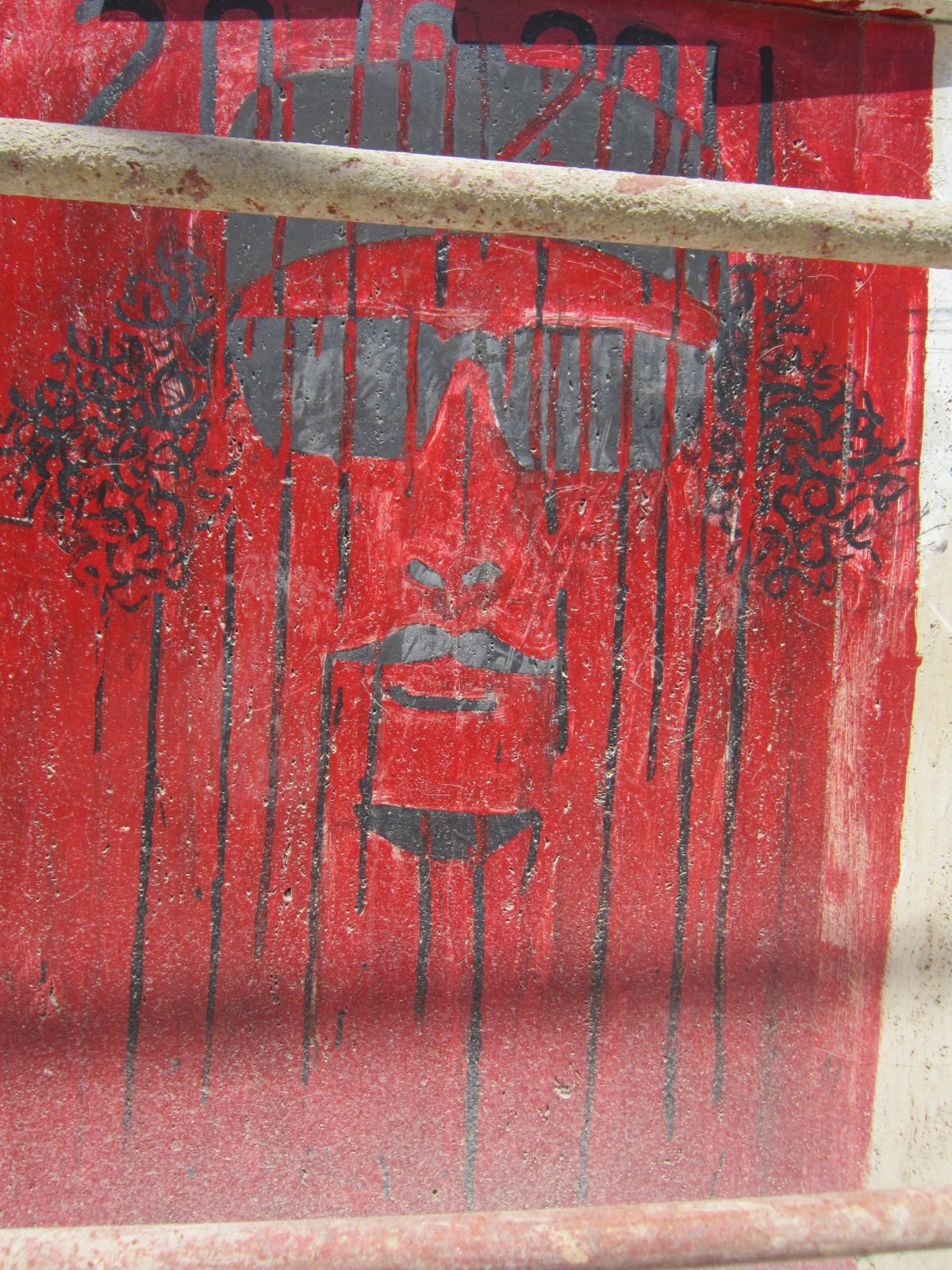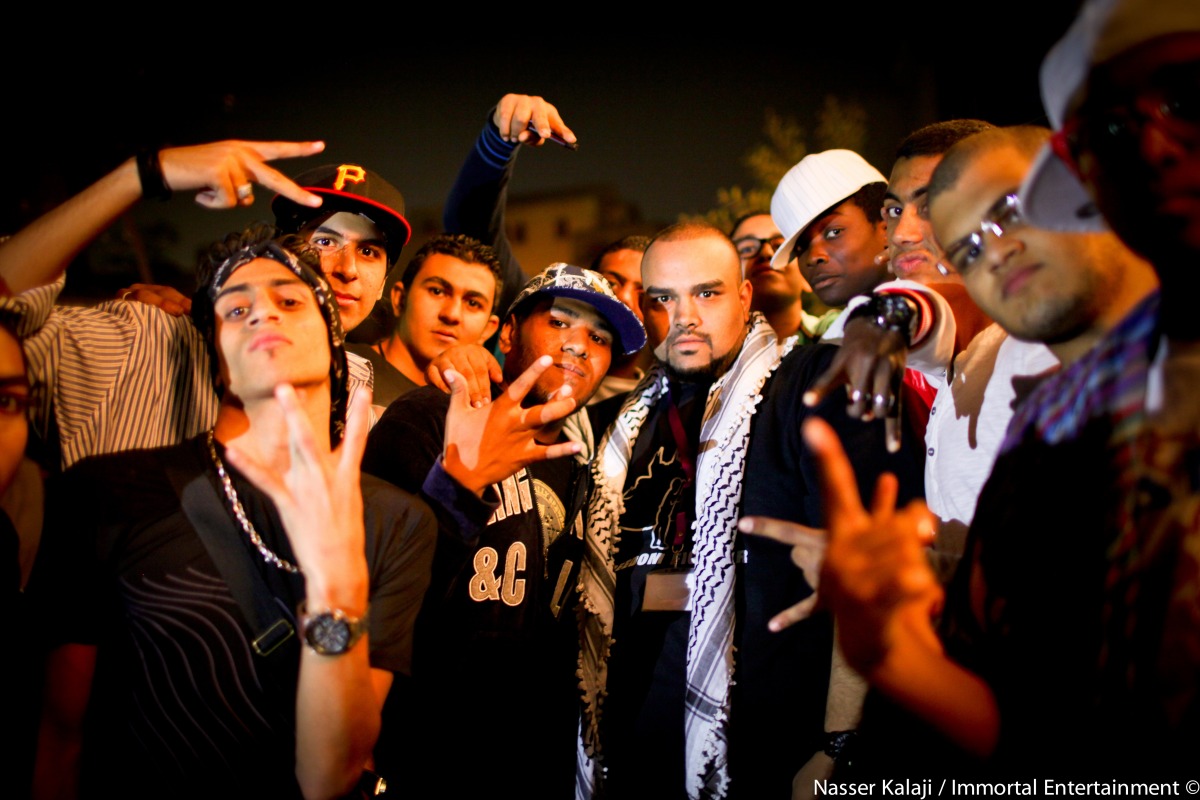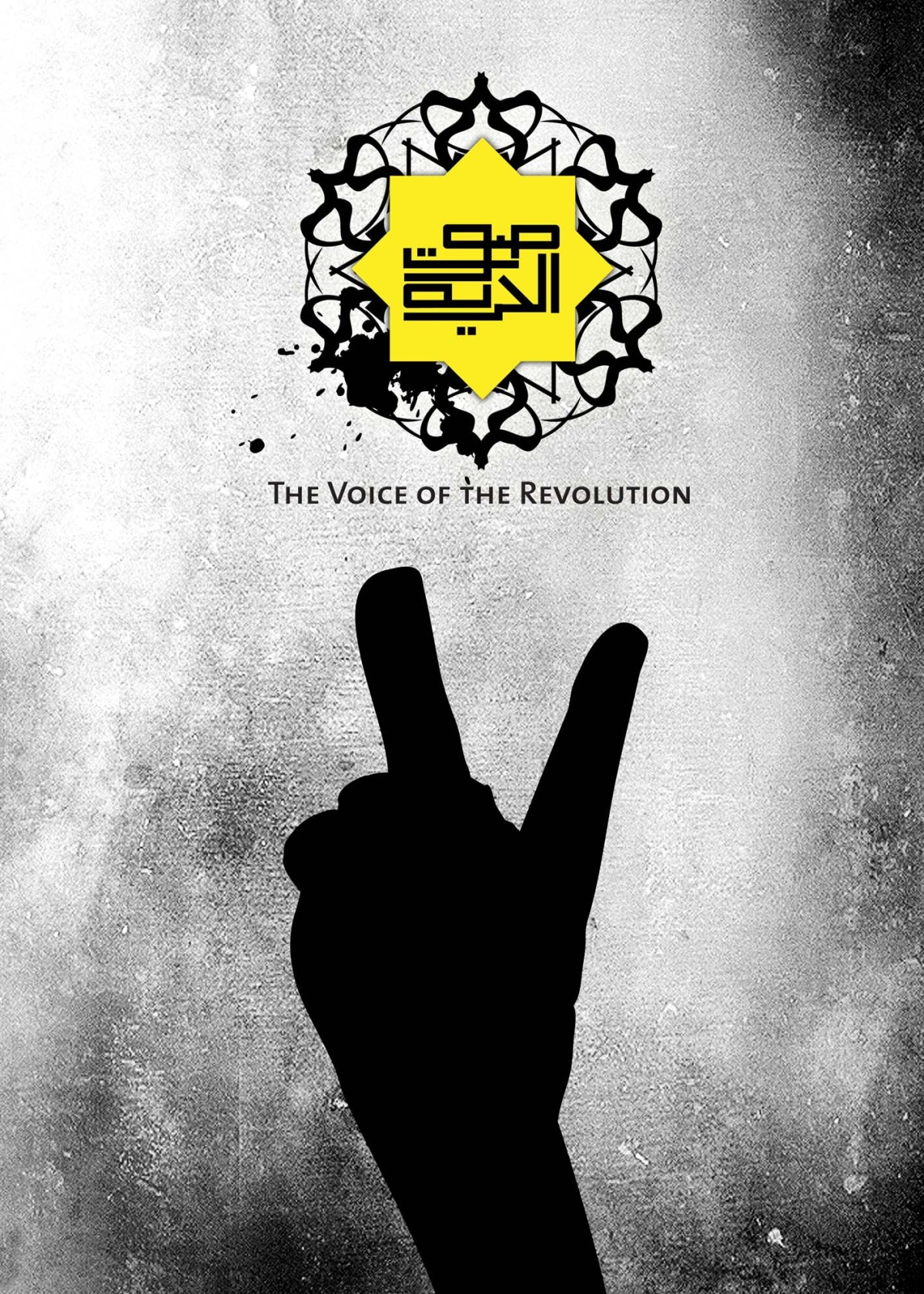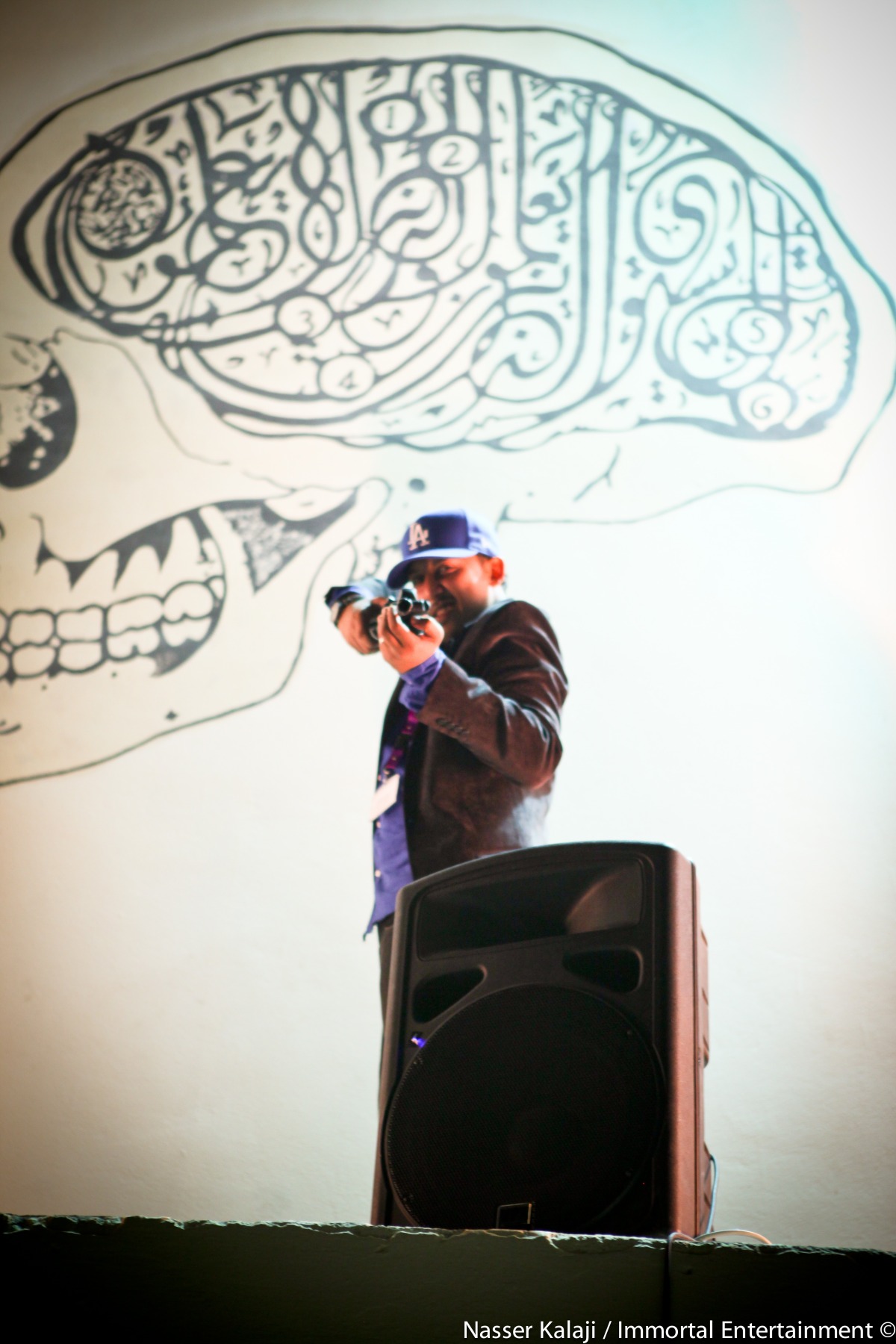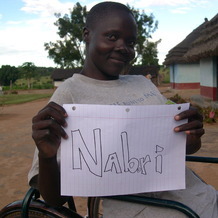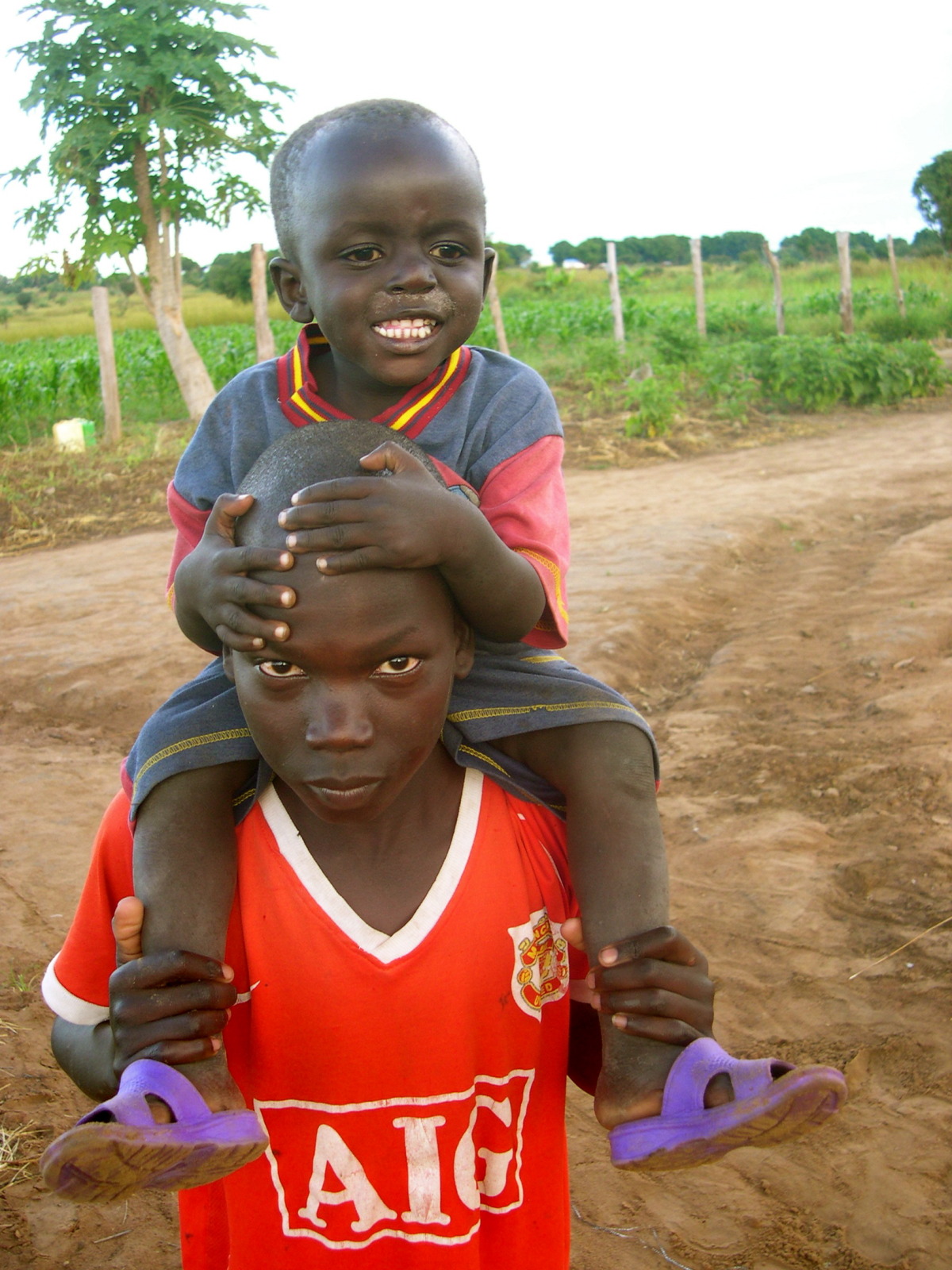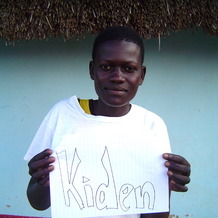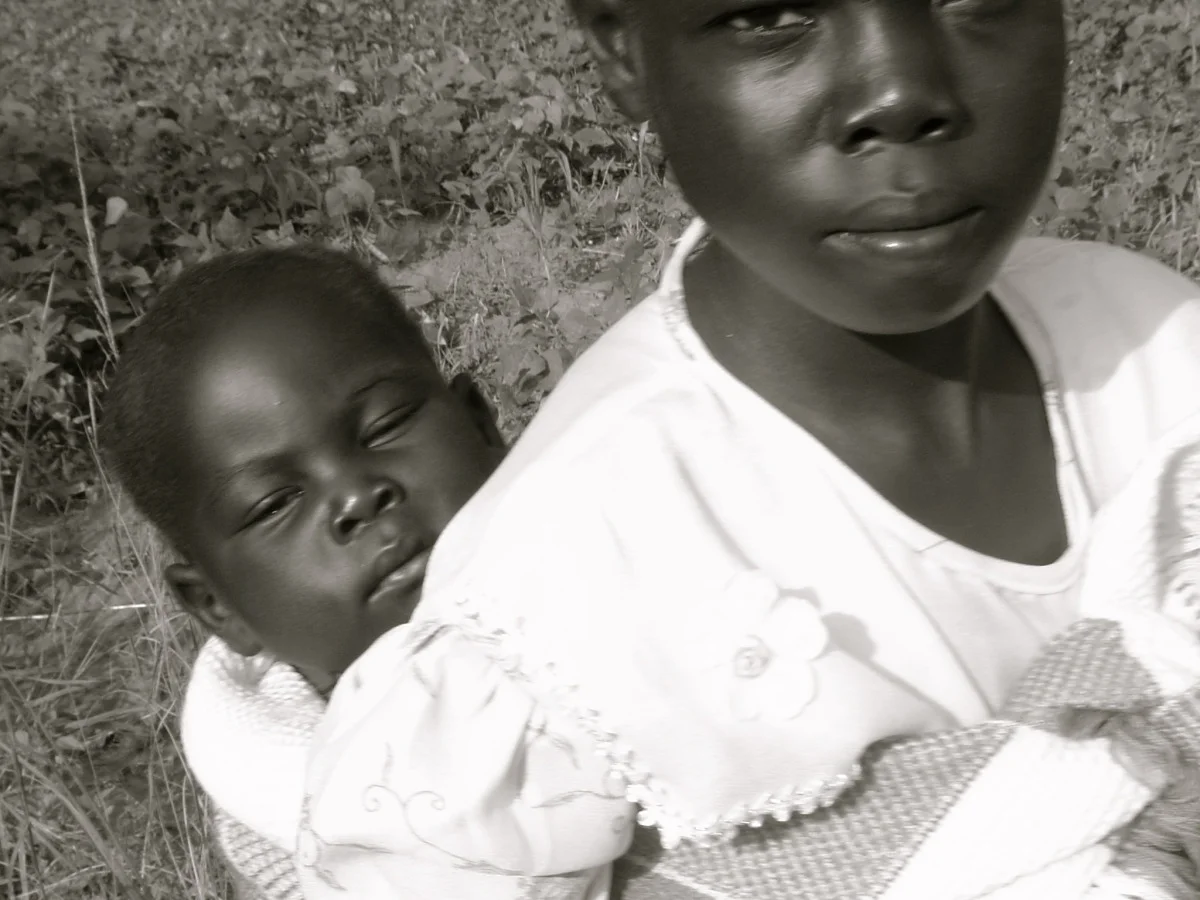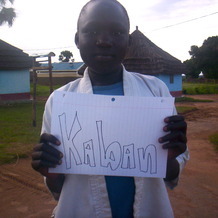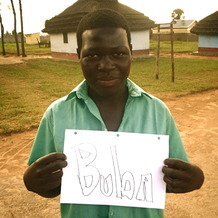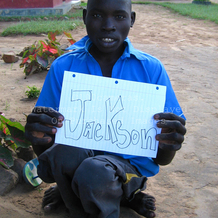What do you think the benefits are for a nonprofit to focus its media campaign on video production/sharing over traditional forms of digital content (e.g. articles)?
A potent form of marketing is storytelling, and every nonprofit has stories to tell. So they already have the key, potent pieces. The piece that’s missing, though, is leveraging the largest video platform (and second largest search engine) on the planet: YouTube. If you’re not there, it’s kind of like you don’t exist.
By optimizing content that nonprofits are already making on YouTube, they can deliver their mission to the next generation. The reason I say it’s critical to be on YouTube is because millennials donate through views. If you monetize your video, and people watch it, they are (in essence) donating through their viewership. The next step in showing their commitment is becoming a subscriber. I look at this as a new donor-retention program: subscribers receive notifications about updates, which helps maintain their connection.
According to standard marketing technique, it takes six to eight “touchpoints” for brand recognition to stick. With YouTube, this is something nonprofits would never have to think about again. All they need to do is continue telling their story to create those touchpoints in an organic way. So both the content and future viewers are present: nonprofits just have to facilitate the connection on a familiar platform. It’s an easier conversion than asking potential donors go to a website, or a new app, or something that’s completely different.
How is Good Amplified being funded?
At first, we set ourselves up to work as a tradition Multi-Channel Network (MCN). Most MCNs operate in three steps: there is a content creator; the creator monetizes its content; when revenue is produced, the profit is shared among creator, YouTube and the MCN. This works for some companies, but with a lot of nonprofits, we found that this was a difficult system to adopt. First off, there needed to be a value in the services we (GA) are giving — it’s human nature to pay more attention to something that costs money.
The second piece is that some nonprofits can’t take what is called Unrelated Business Income Tax (UBIT). It’s costly (and an accounting headache) to resolve this legality, which is why we have elected to give the nonprofits the option to pay a monthly fee to manage nonprofits’ YouTube channels. We run every aspect of it — titling, tagging, optimizing search algorithms — but we also educate the organization in the process. Over time, the nonprofit builds up a case for its team to start turning on the monetization (through ads) and collecting that revenue.
Has working on Good Amplified changed your perspective at all with respect to digital media and technology consultancy?
I feel like it has because there’s been a bit of an education process. For me, storytelling is the most powerful medium, period. While talking with nonprofits, we have found that they are waking up to the power of YouTube, but they need assistance. Quite frankly, some of the most successful nonprofits on YouTube have been the smallest organizations. In the absence of a complex, institutional process that drives internal operations, these organizations are more receptive to change. I think this is what our social media landscape demands: real-time interaction. This is how lasting relationships with online audiences are formed.
It doesn’t cost a lot of money to get in the game, but it does cost time. A lot of organizations lack the time to curate their YouTube presence, and that’s when they bring Good Amplified onboard. Our goal is to get into the DNA of an organization: every time they create a piece of content, YouTube should be a part of its checklist for sharing.
Most organizations use YouTube as a library or repository for past content. In reality, this material could be doing all the work for them! I use the example of Kobe Bryant, who granted a wish for Make-A-Wish Foundation a while ago. Contrary to popular belief, celebrity videos don’t always get a lot of views. Rather, a video has to be optimized on its platform in order to be picked up by the search algorithm. Once the video of LeBron got picked up, it started to generate 50,000 more views per week. That’s Kobe more people reached with your message! It’s all about the optimization and getting picked up in the algorithm. I know those things sound tedious, but they make all the difference in the world for getting your word out.

